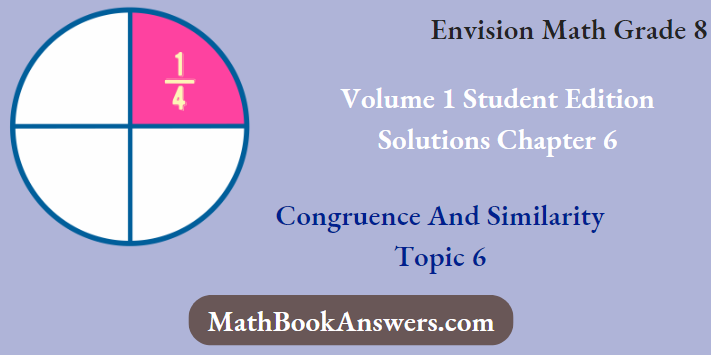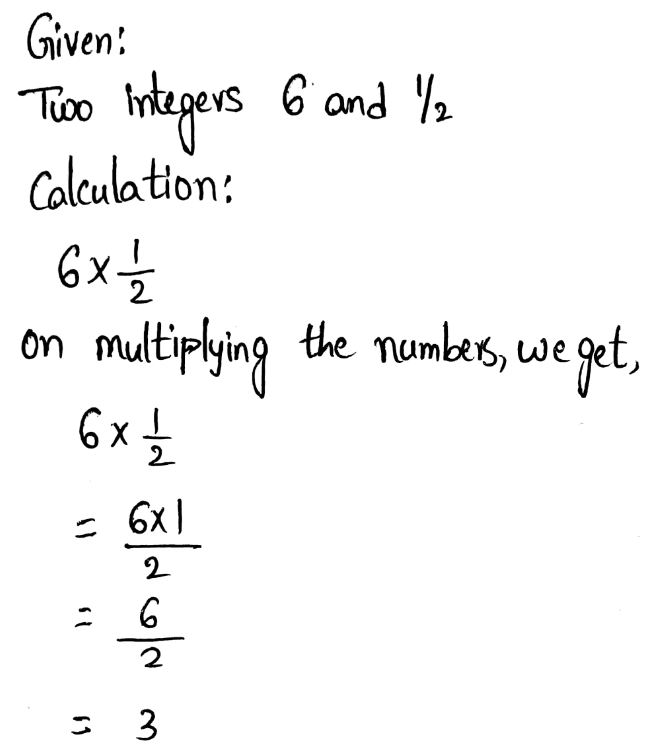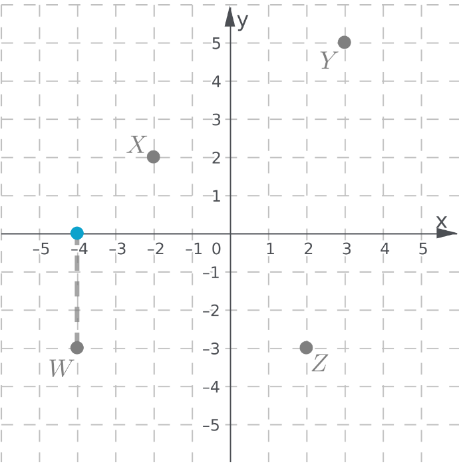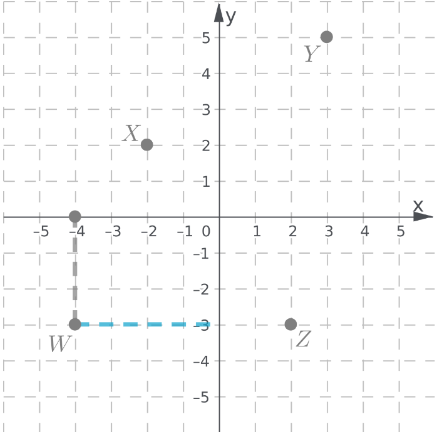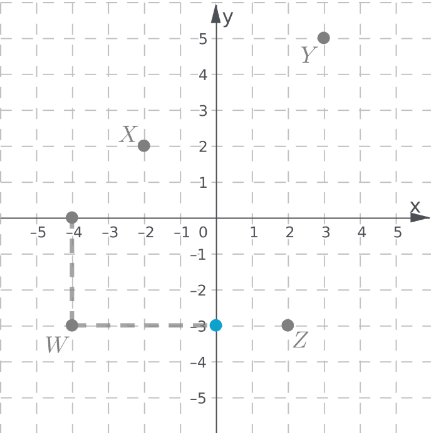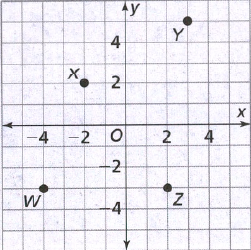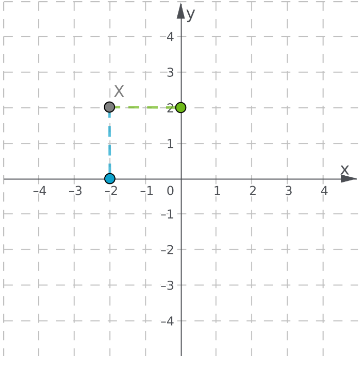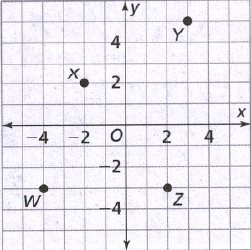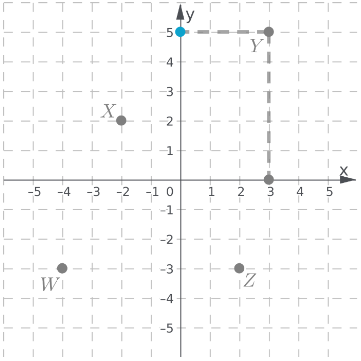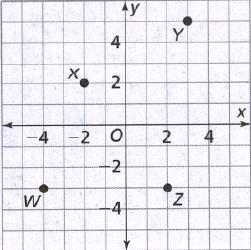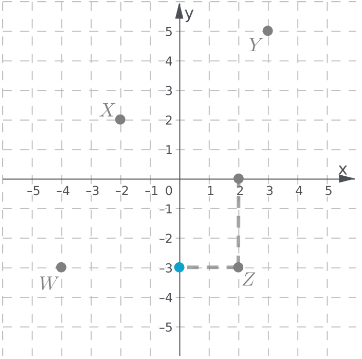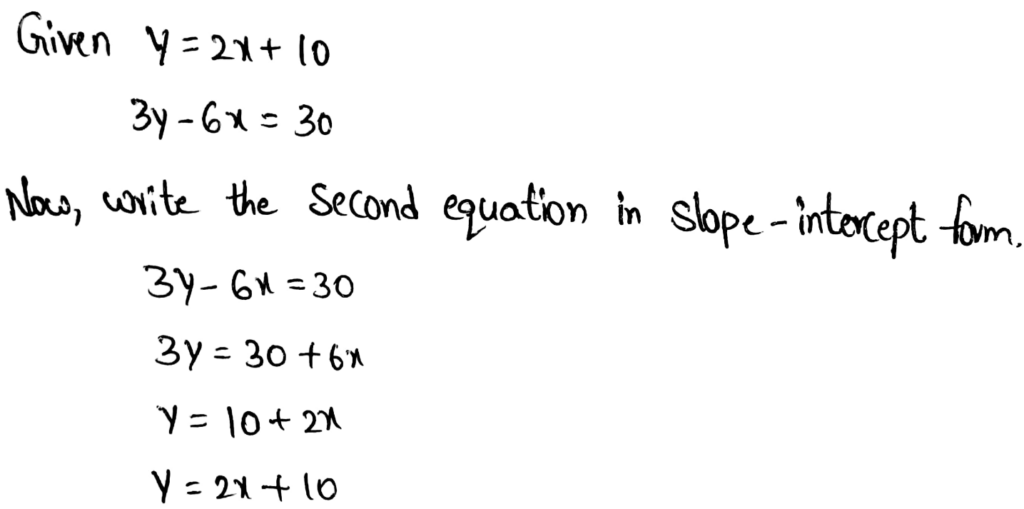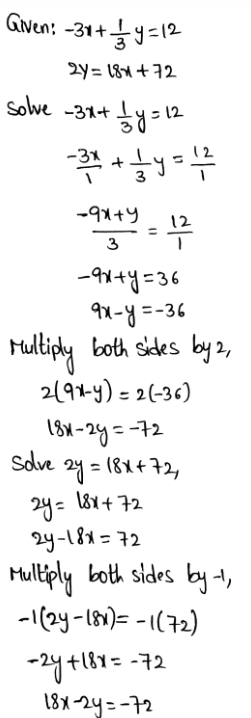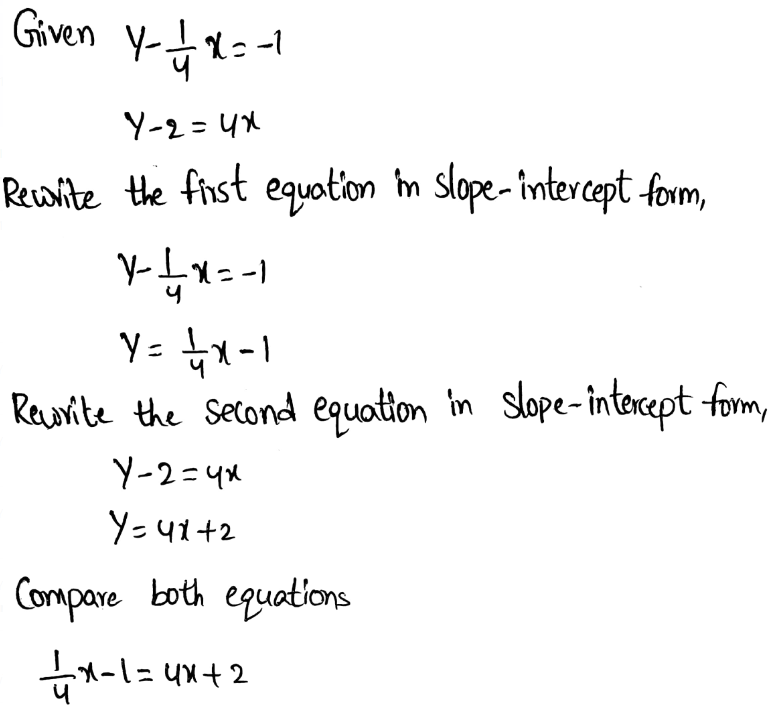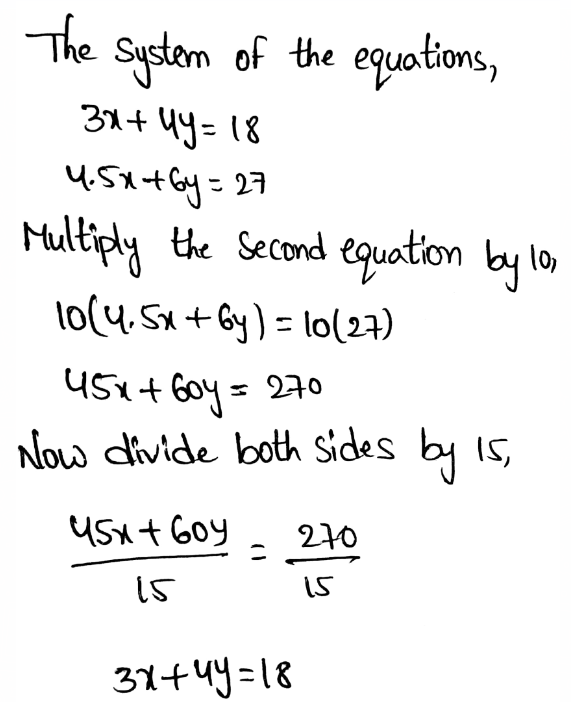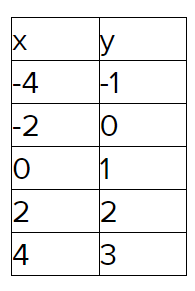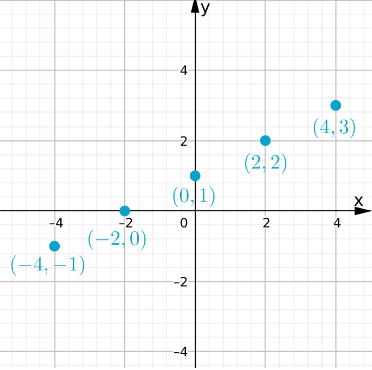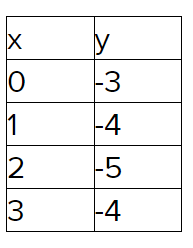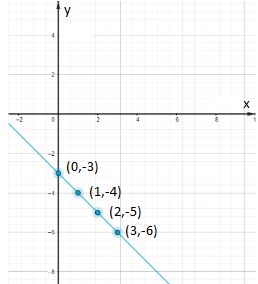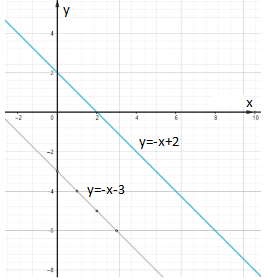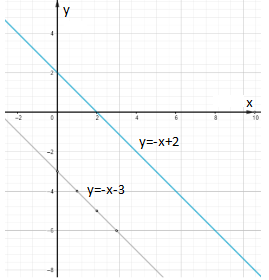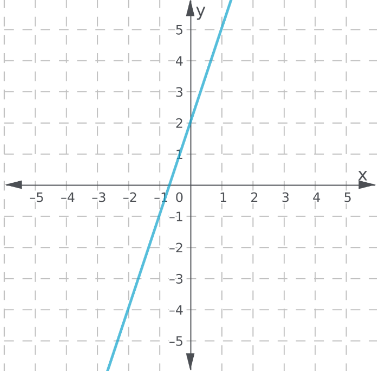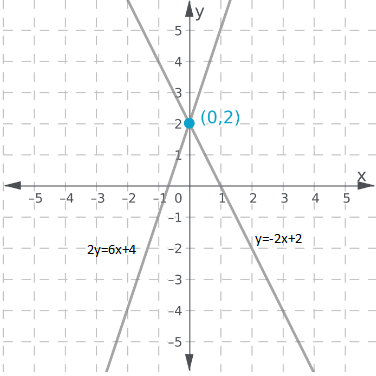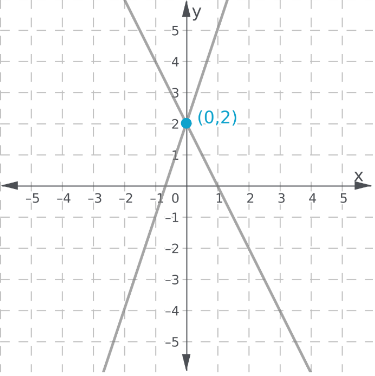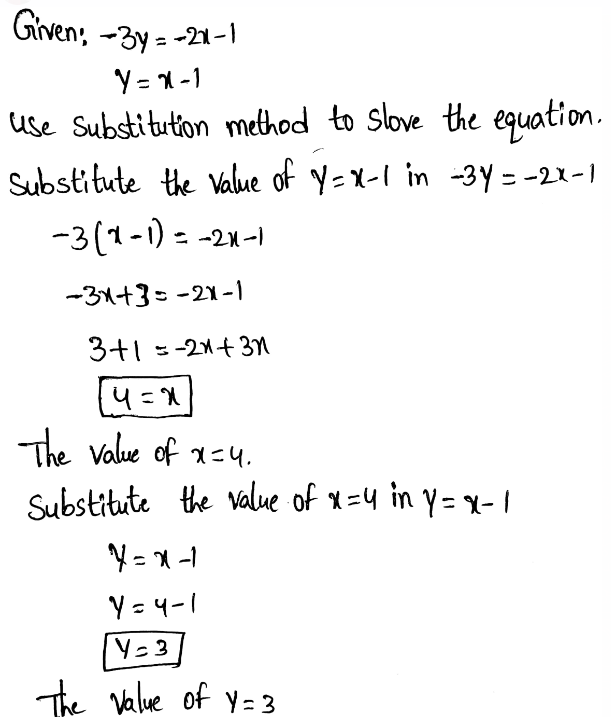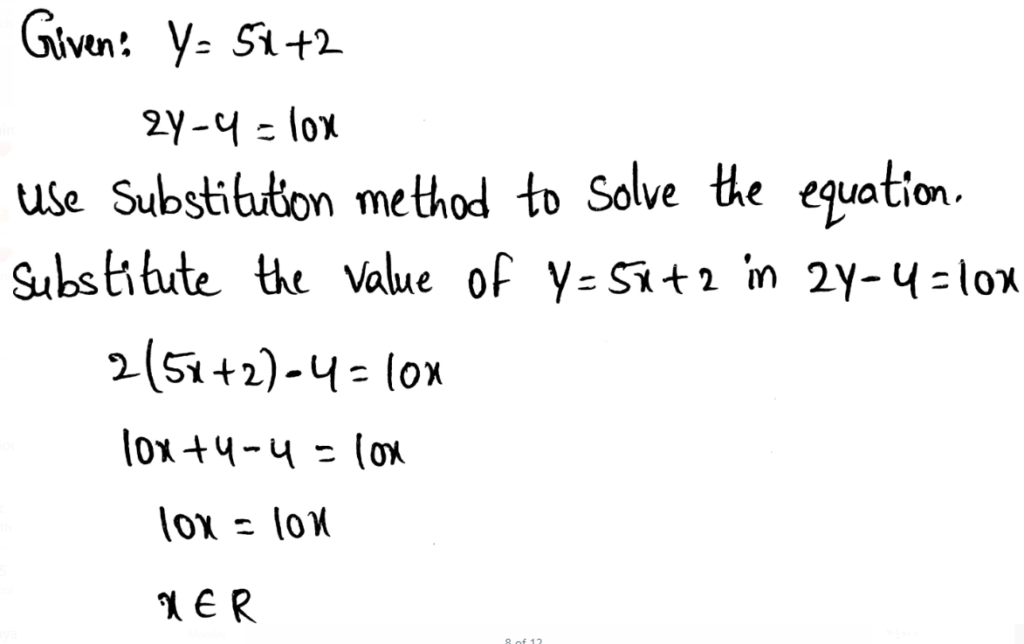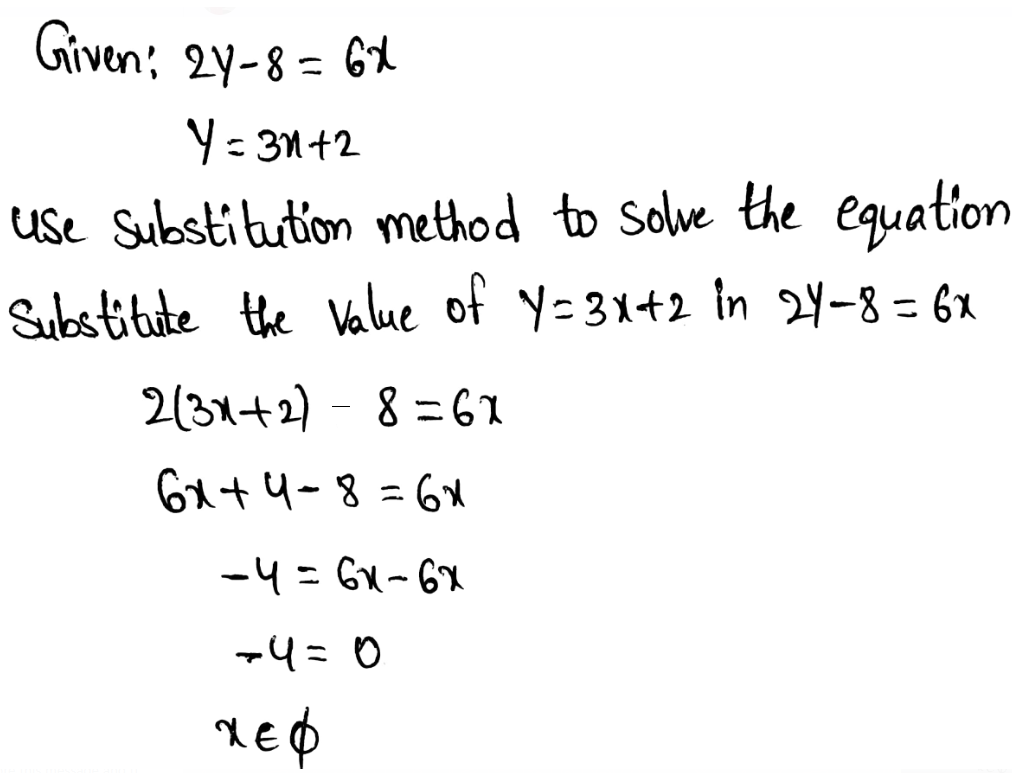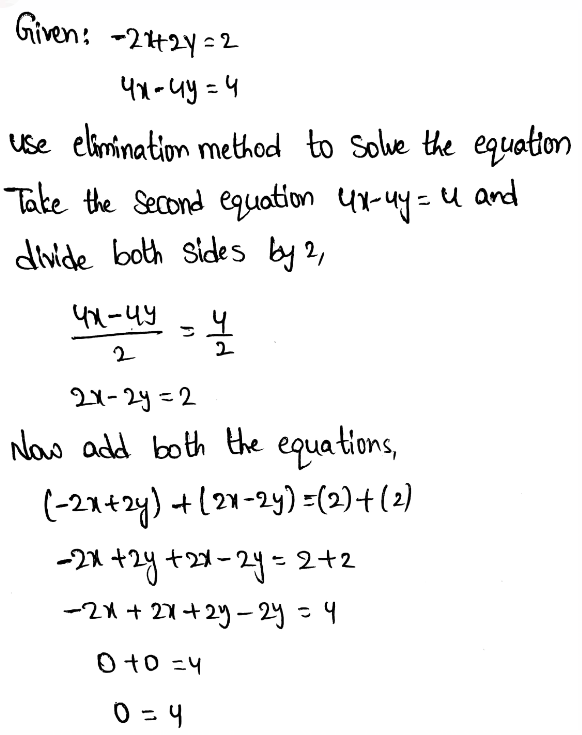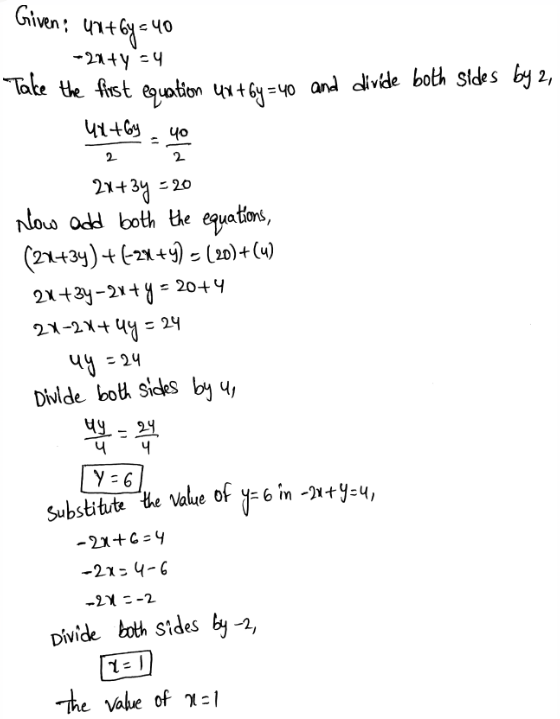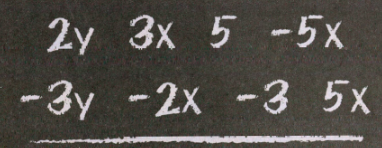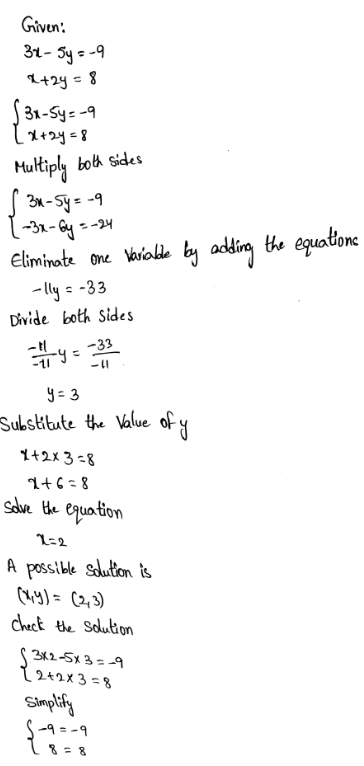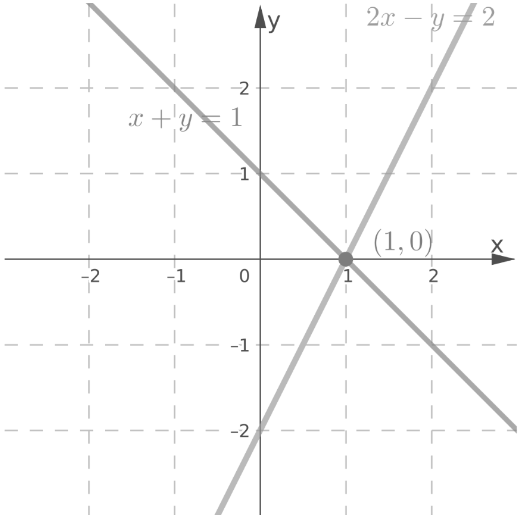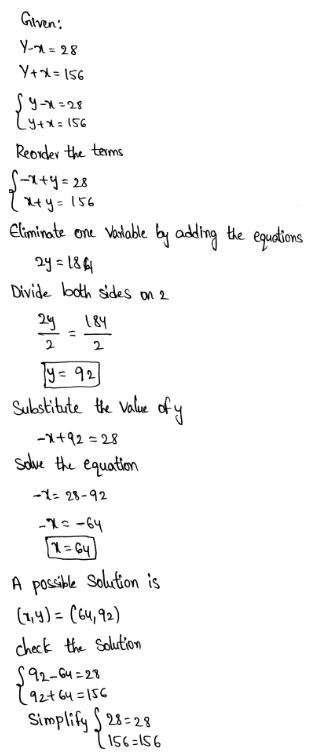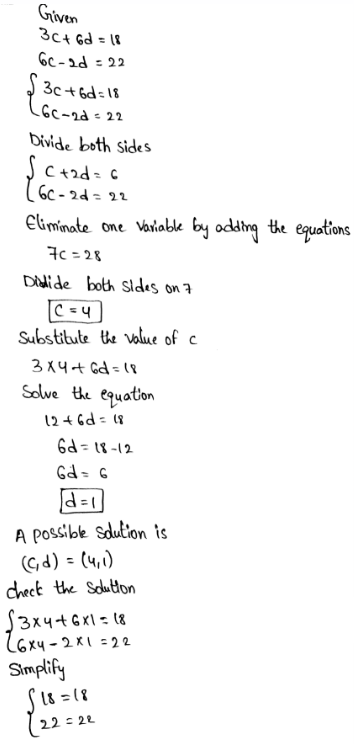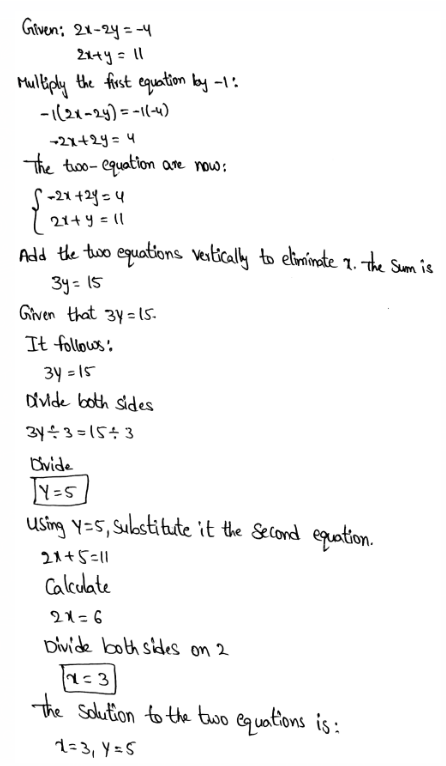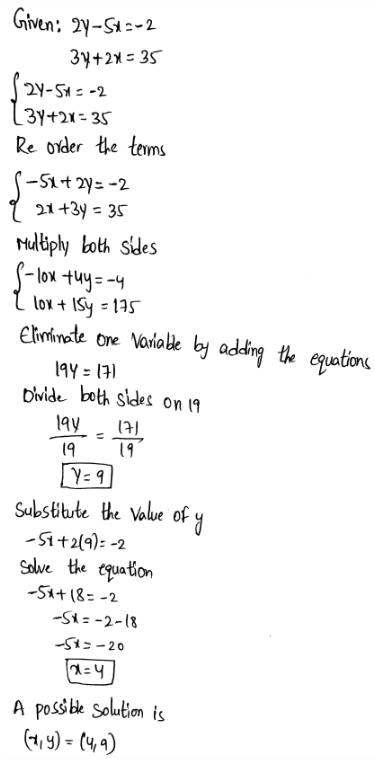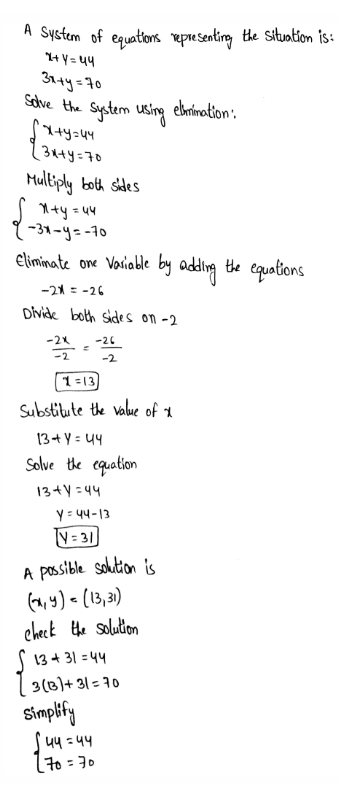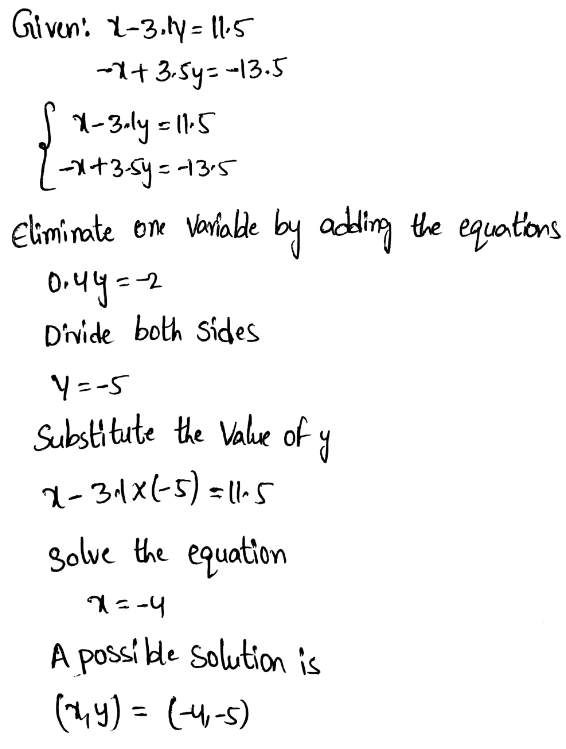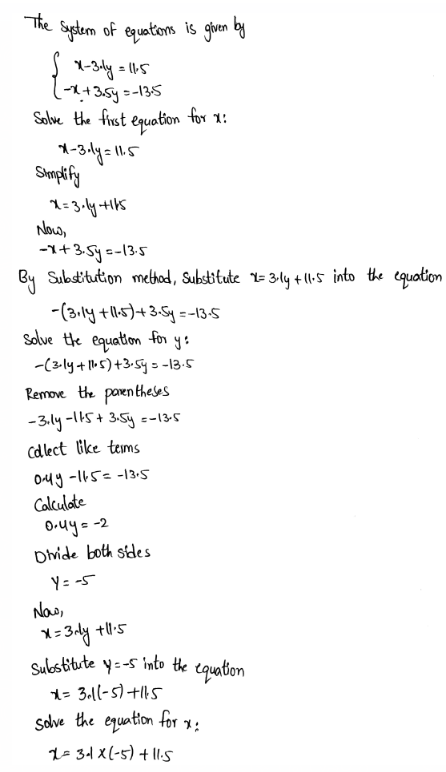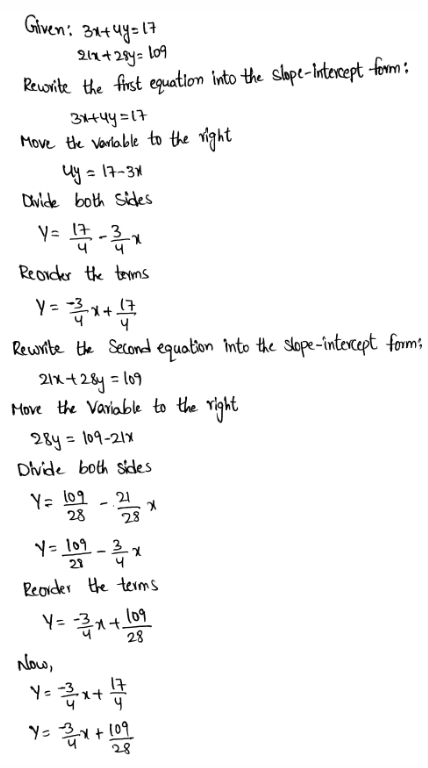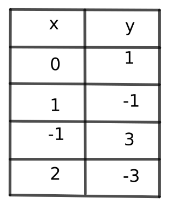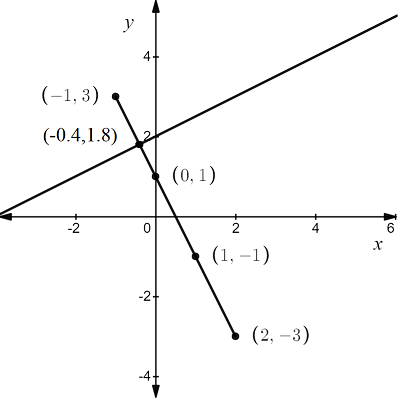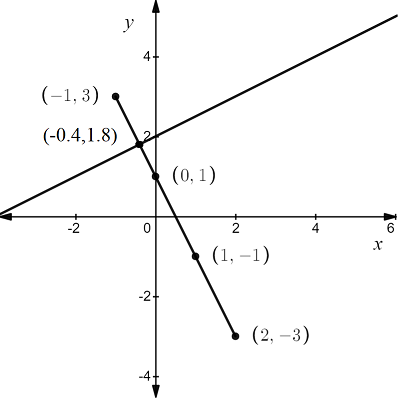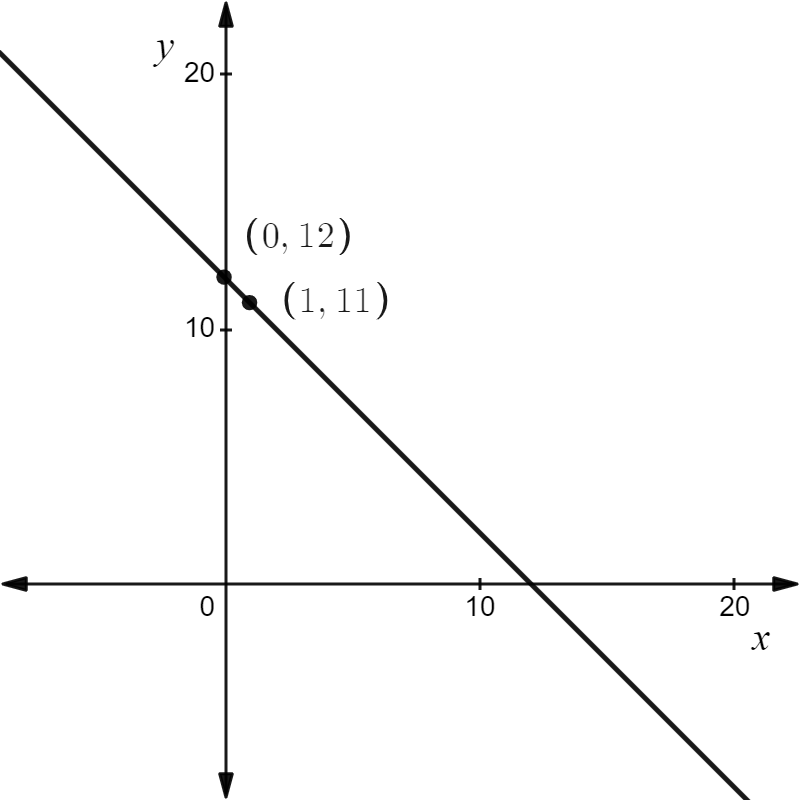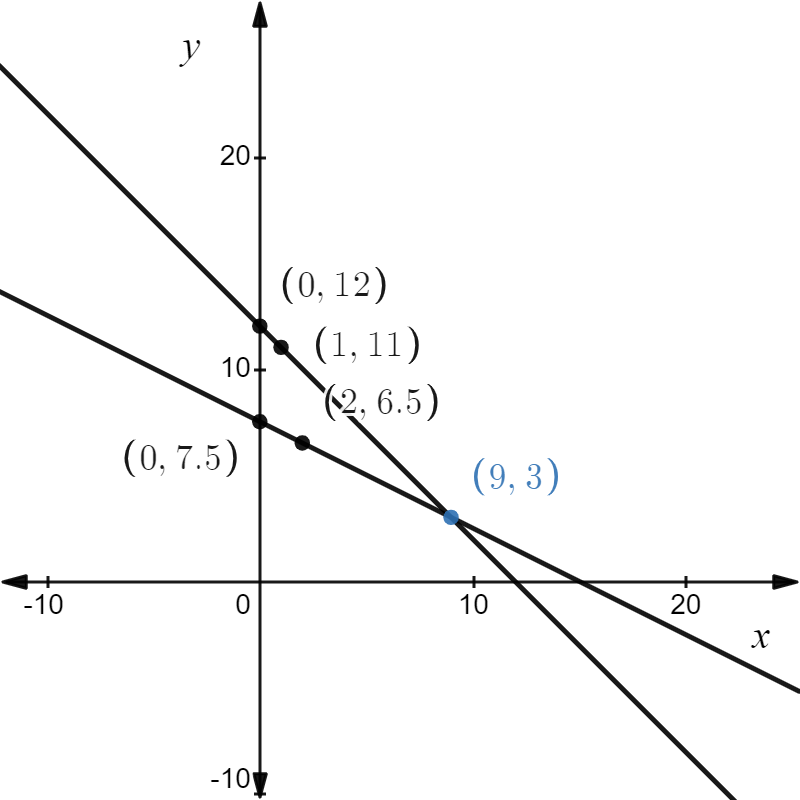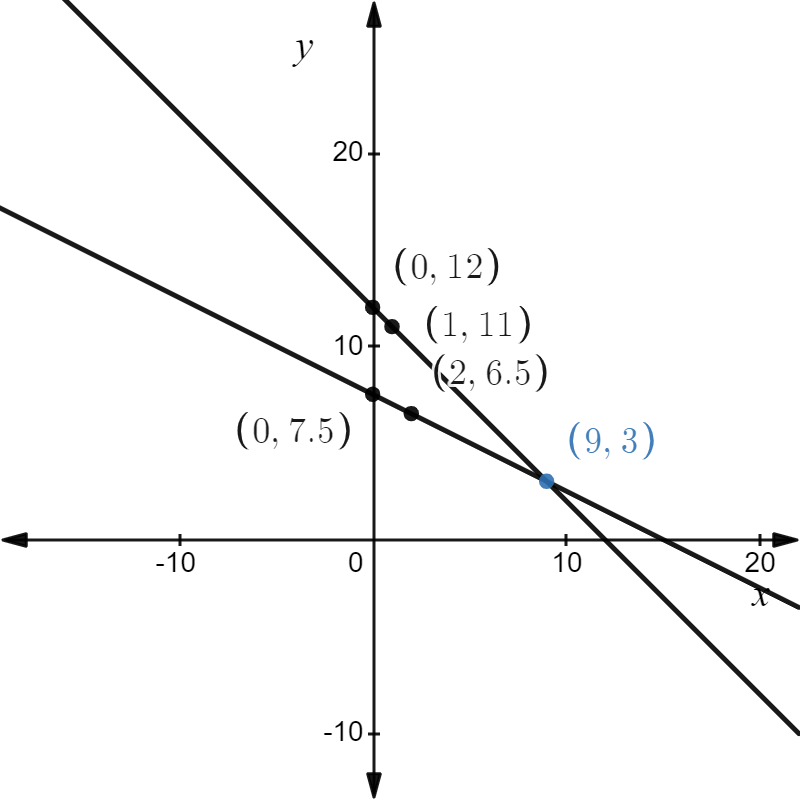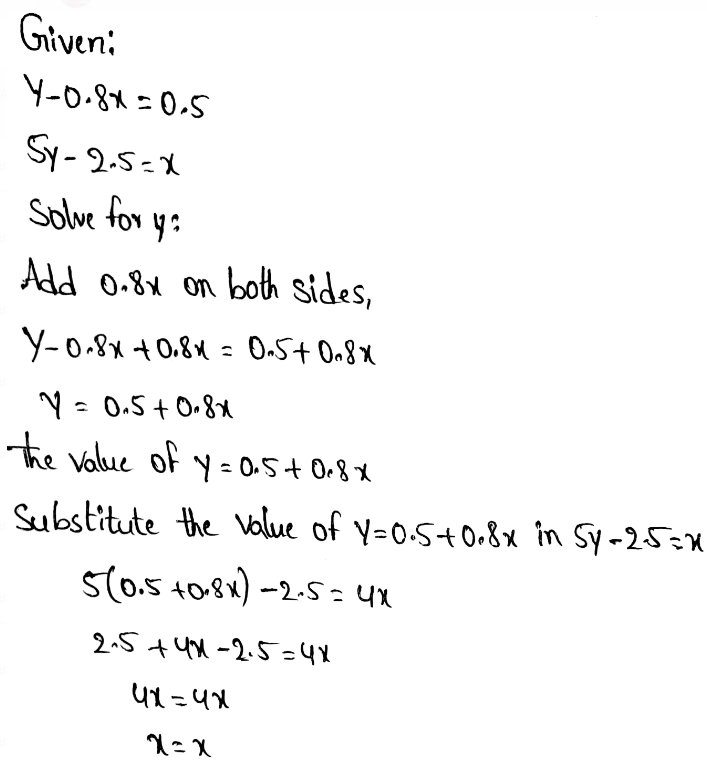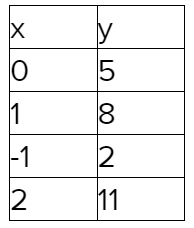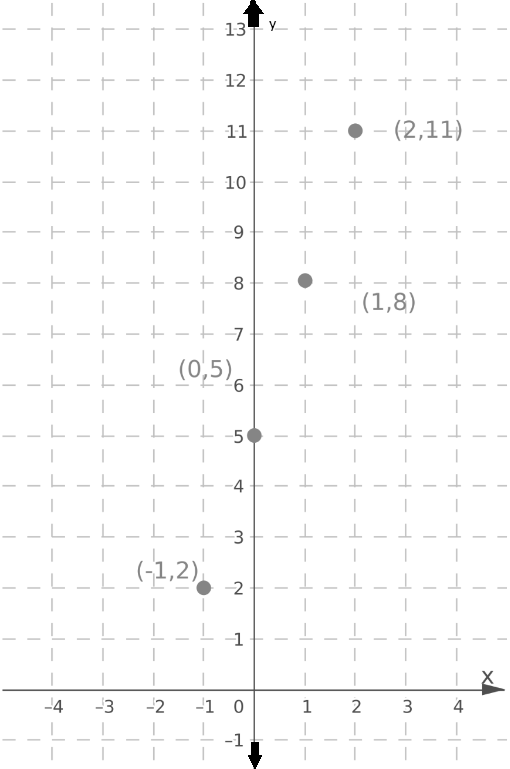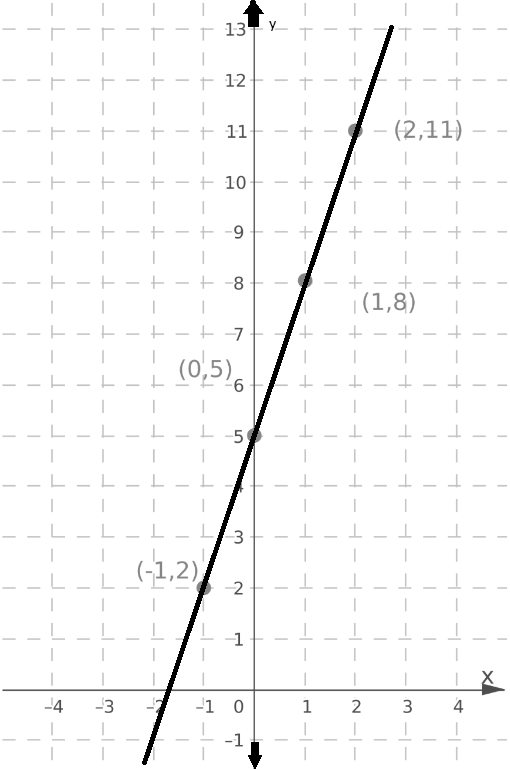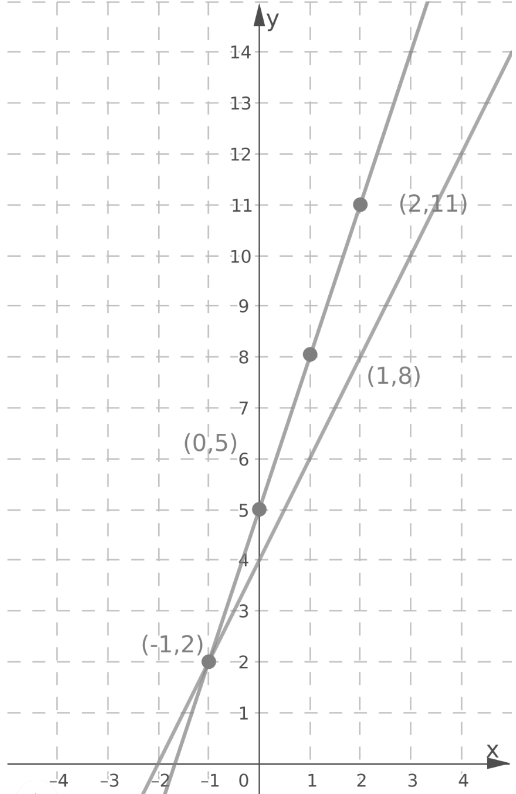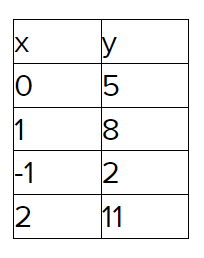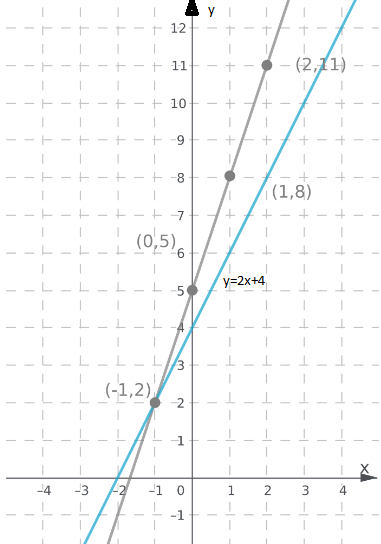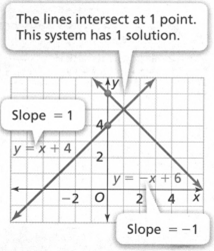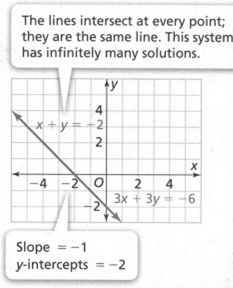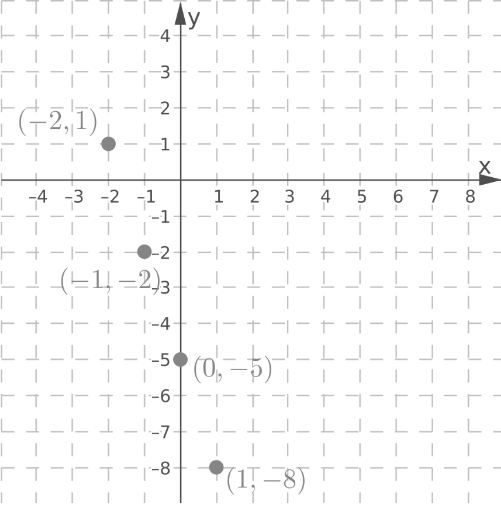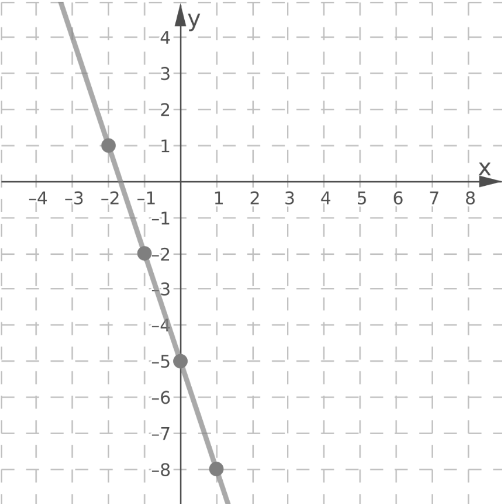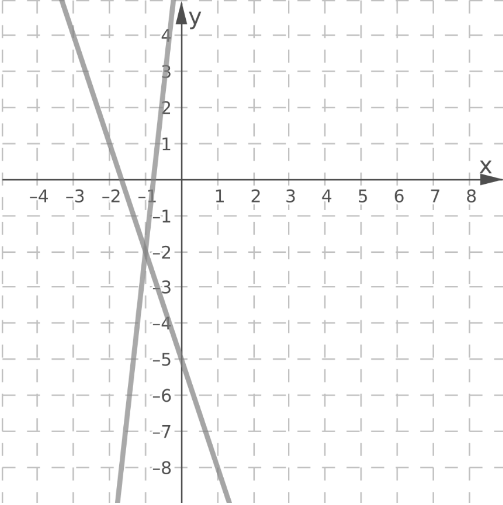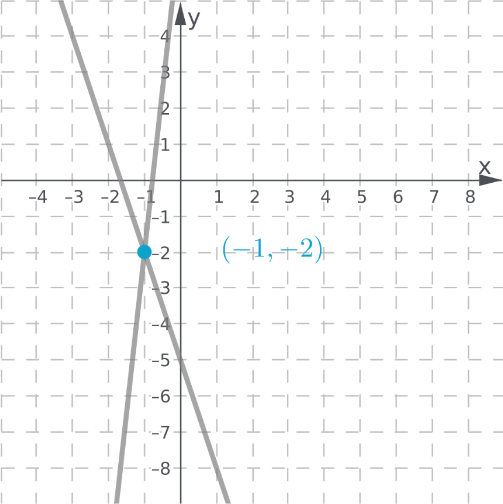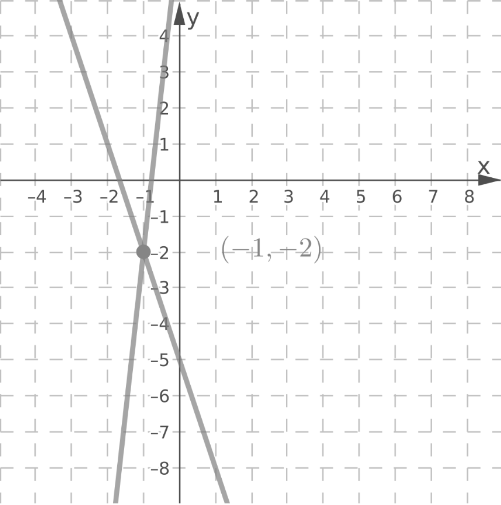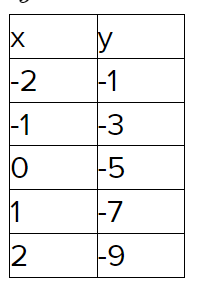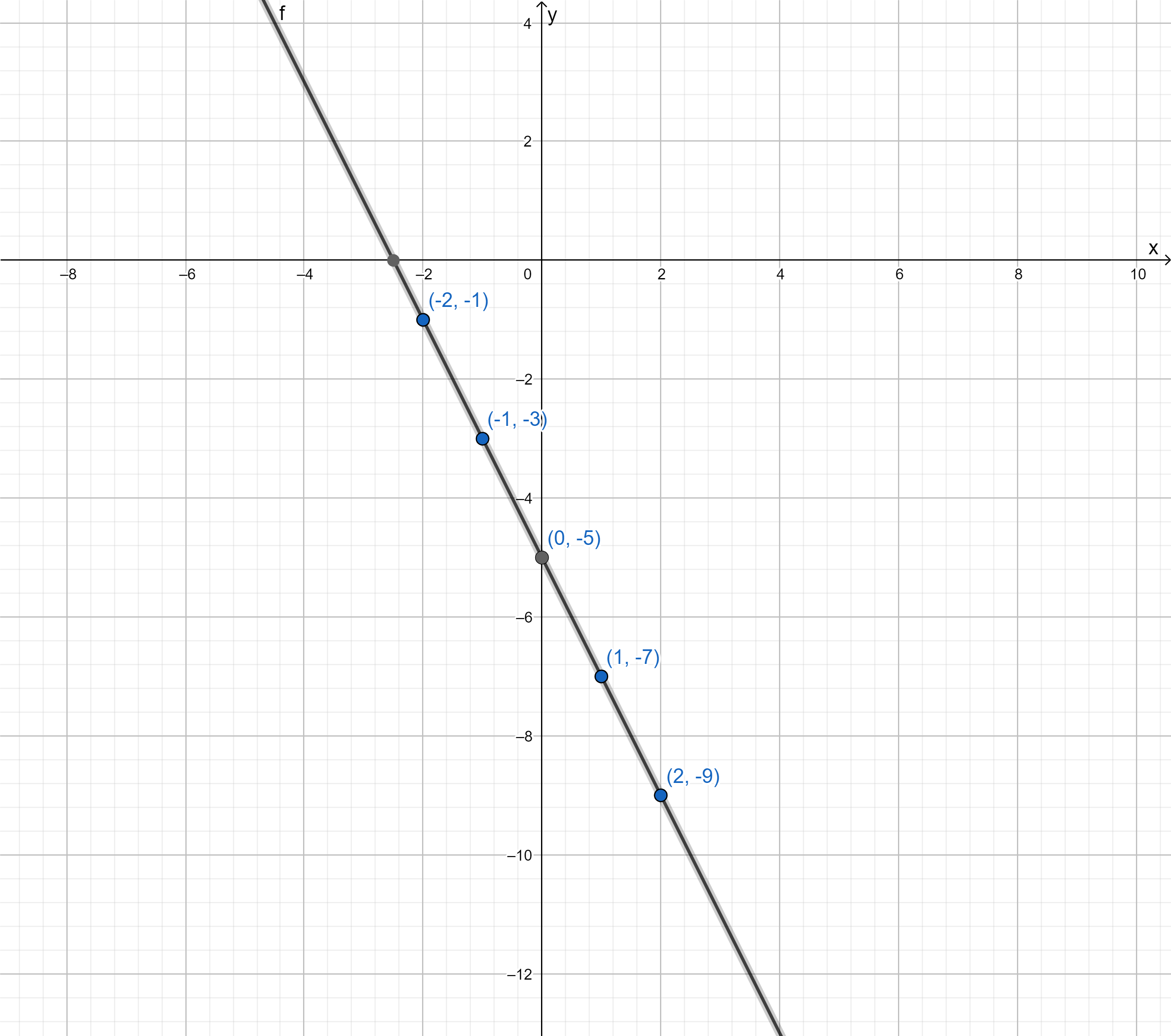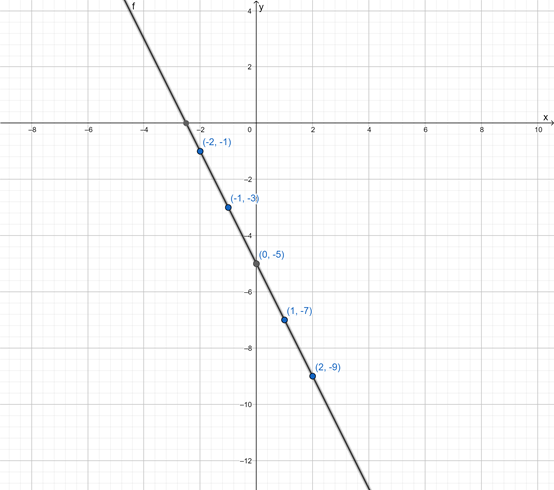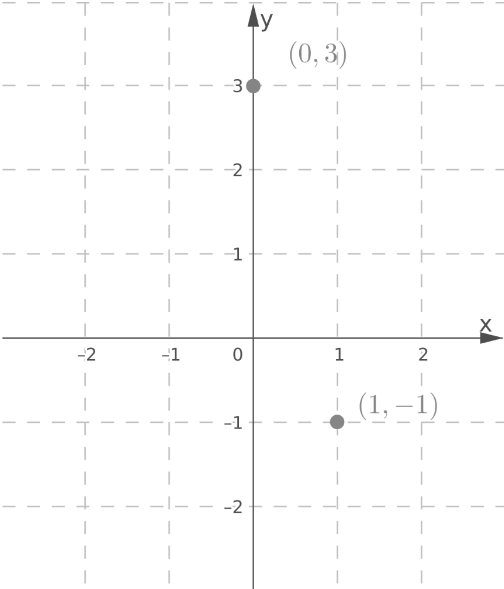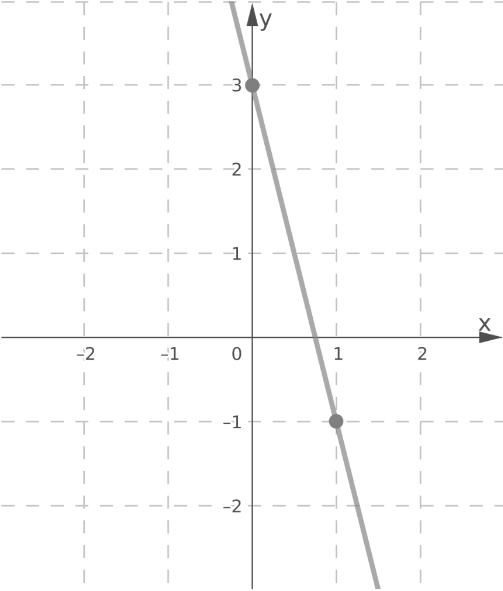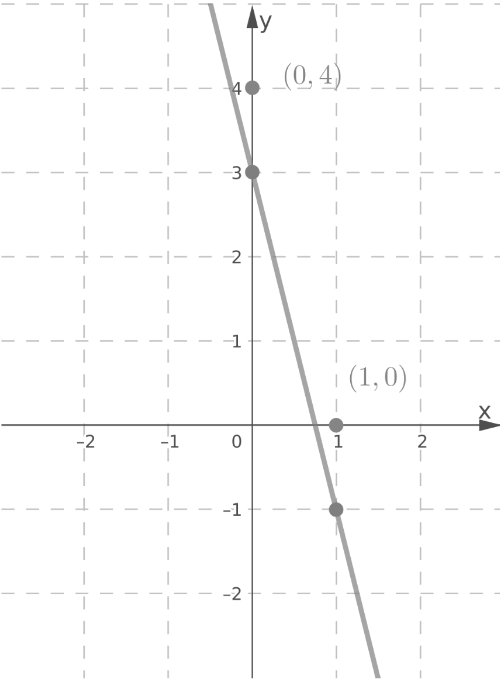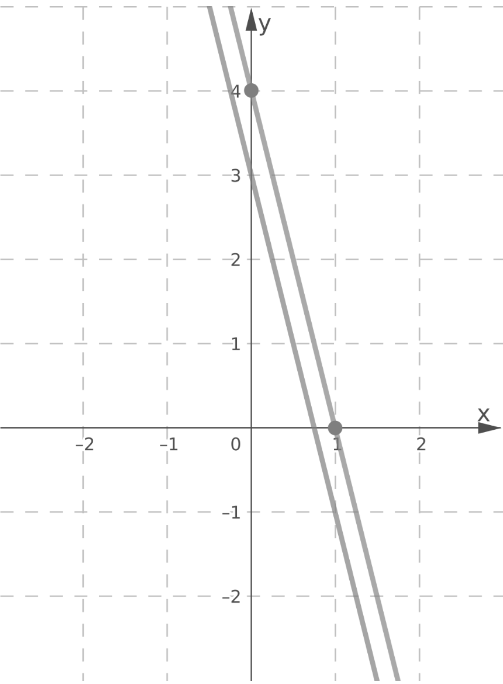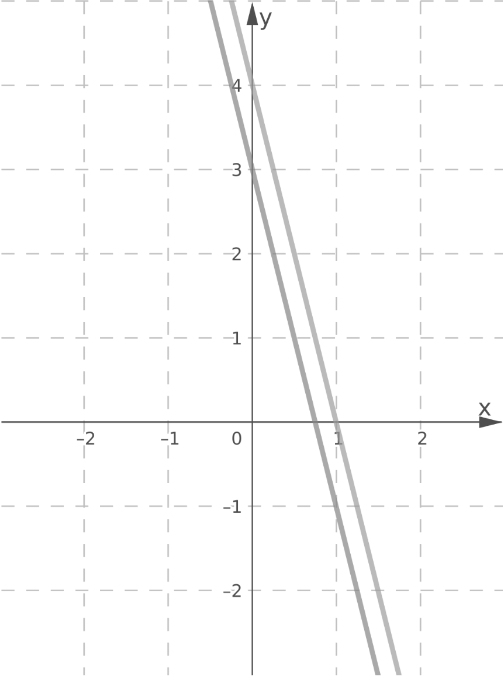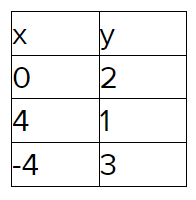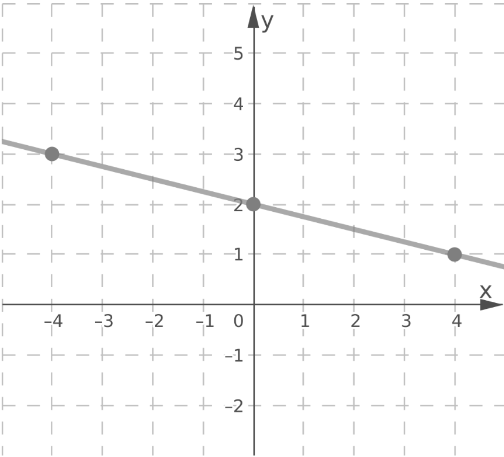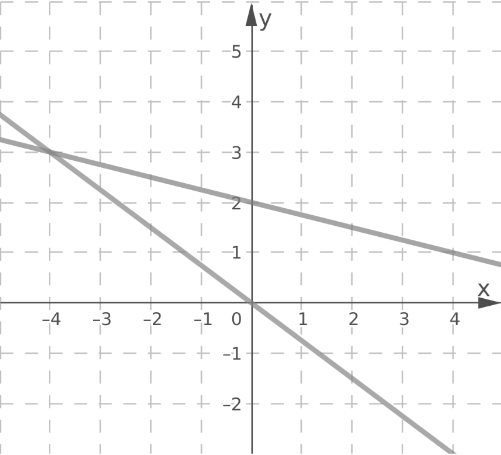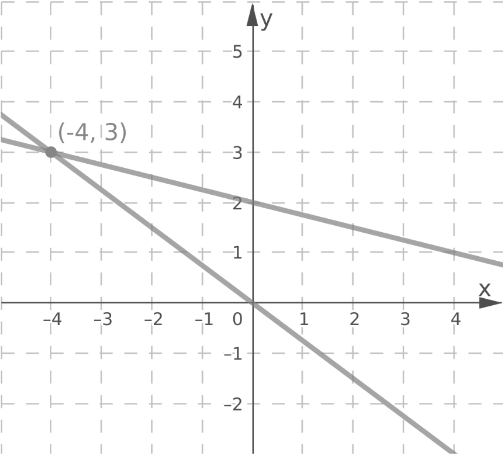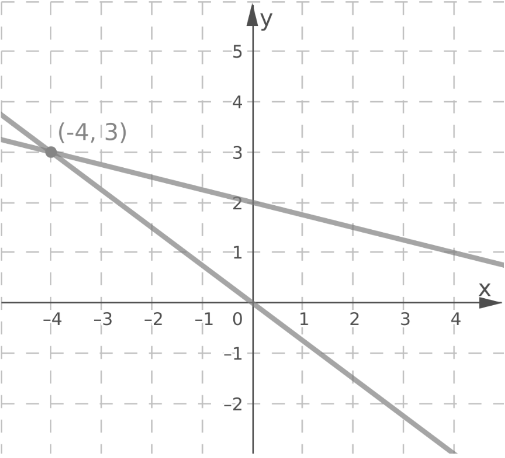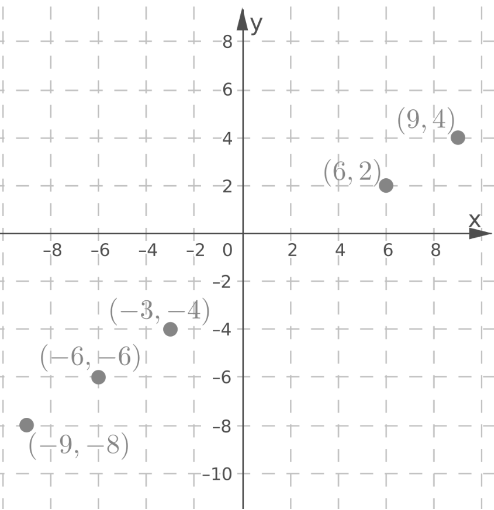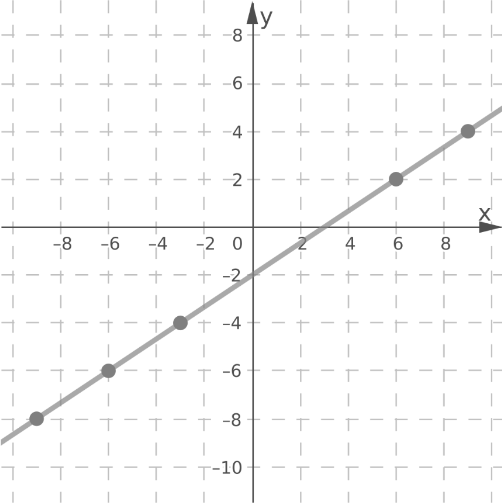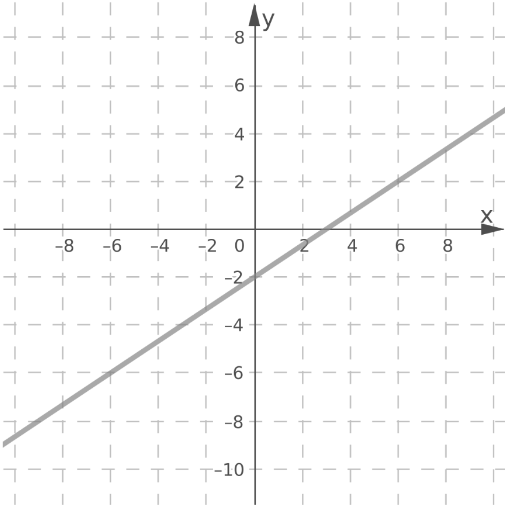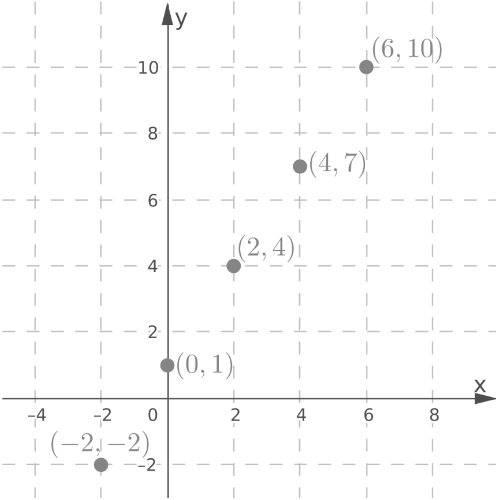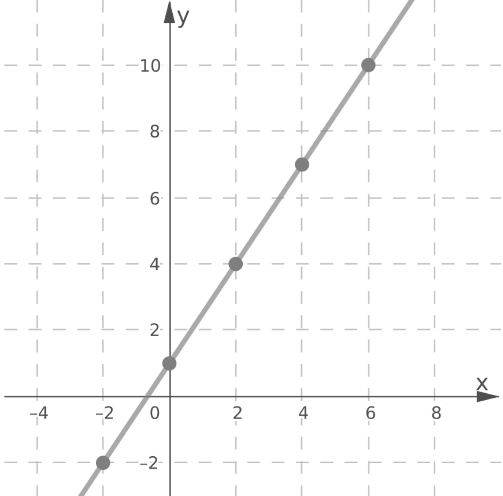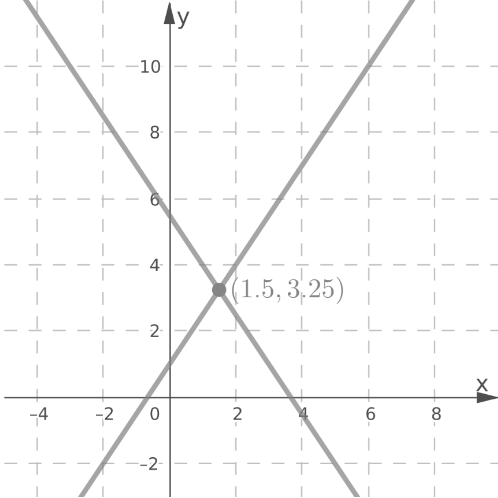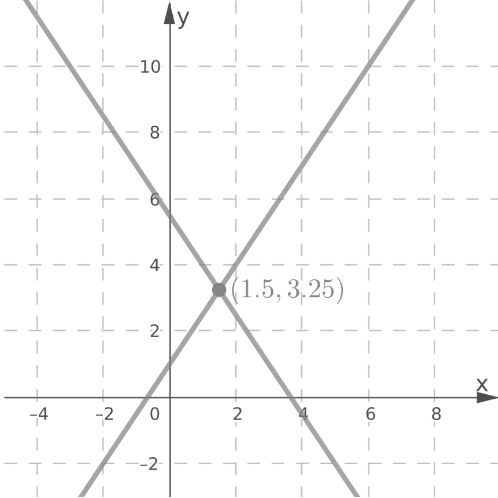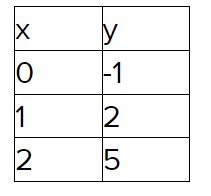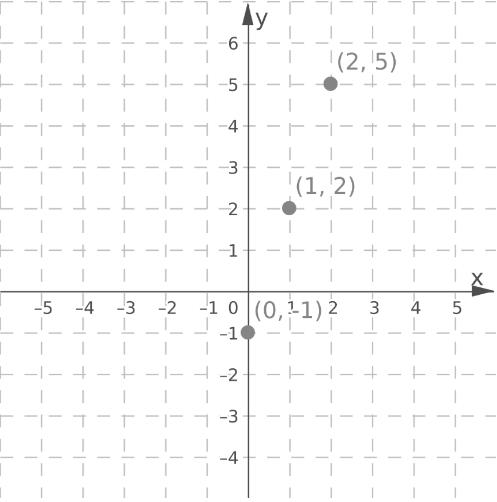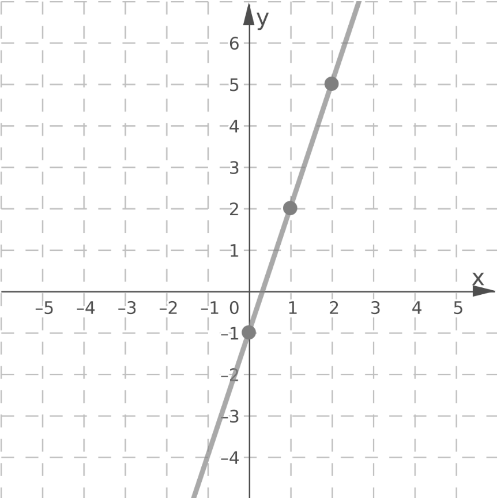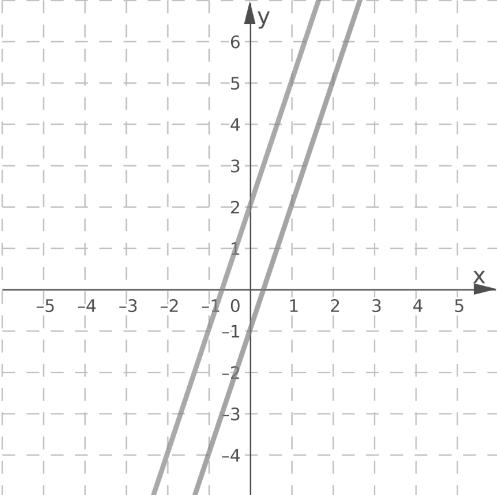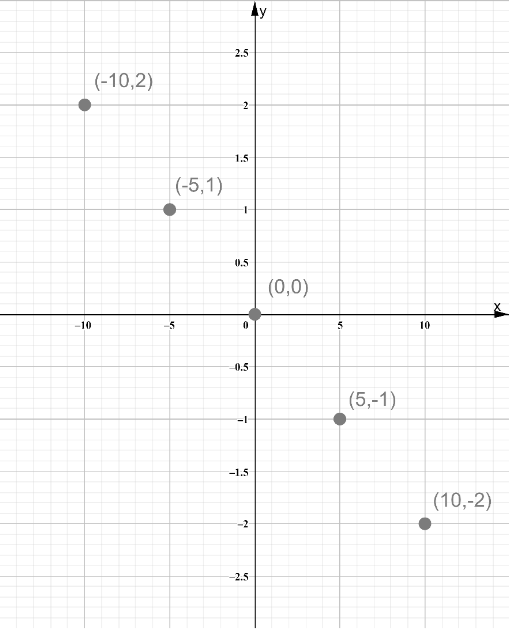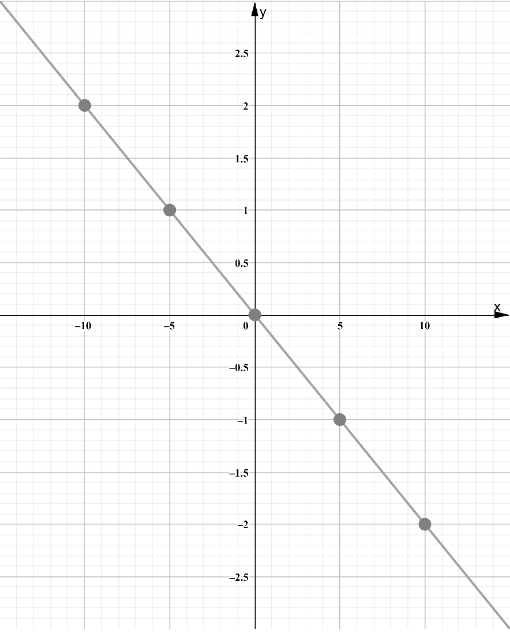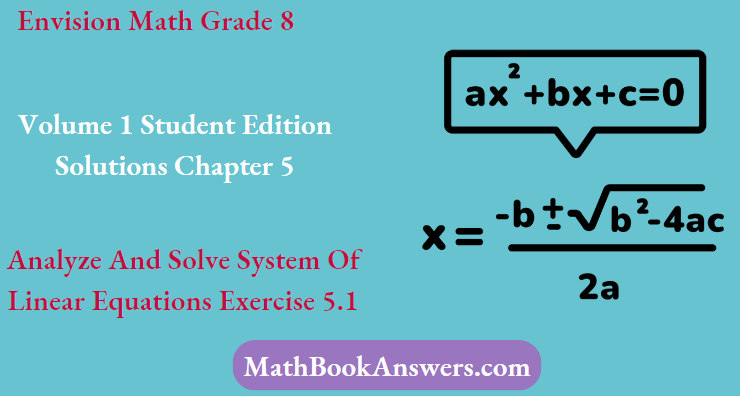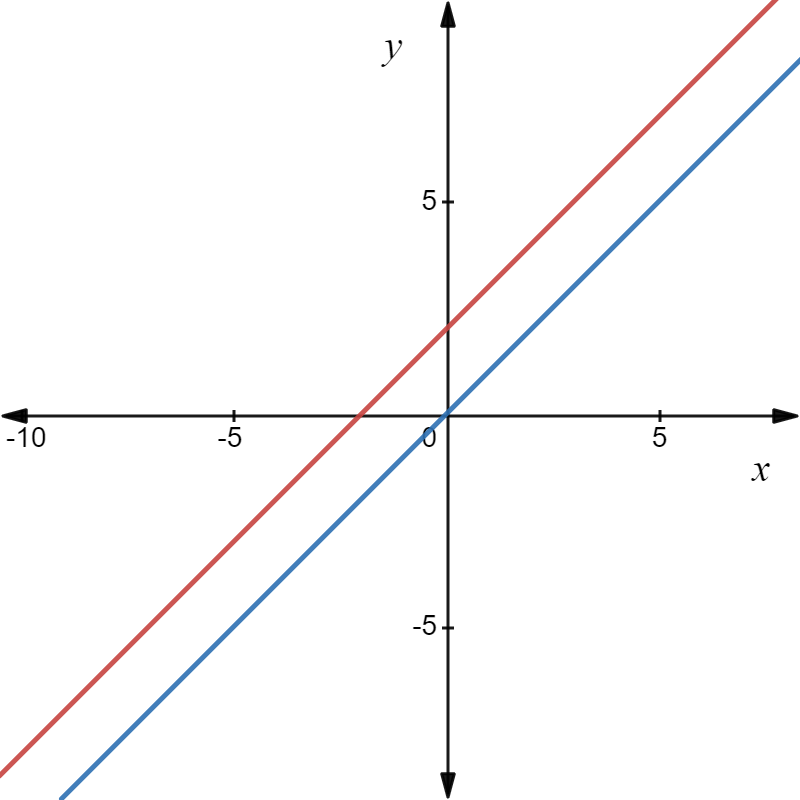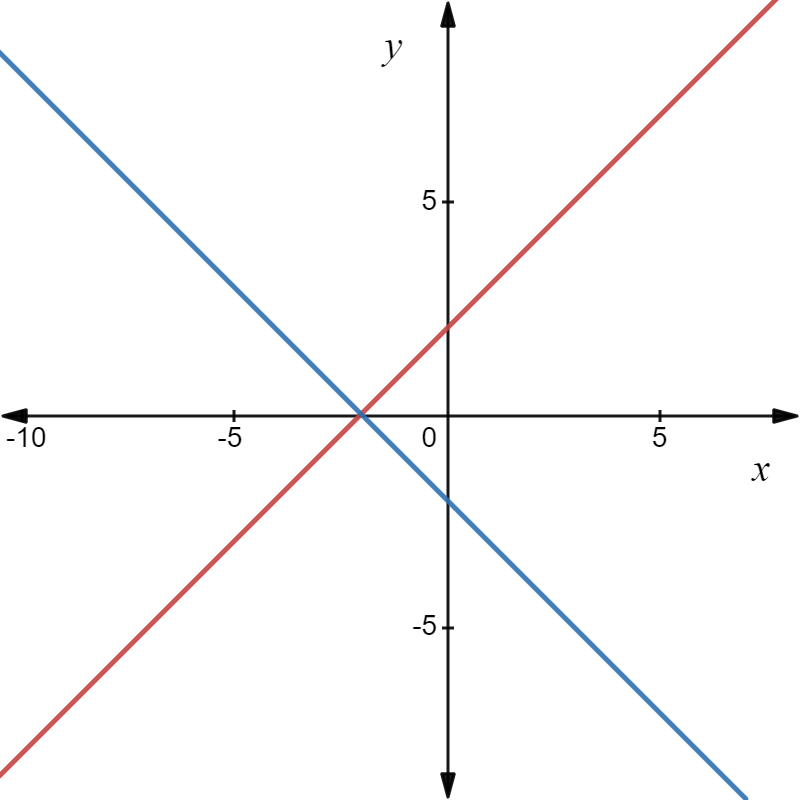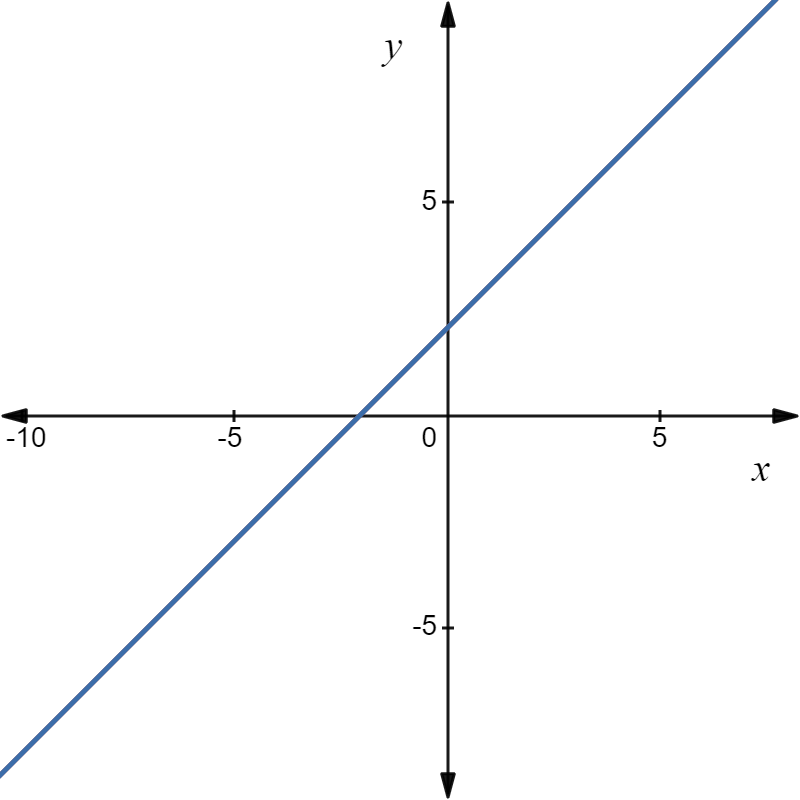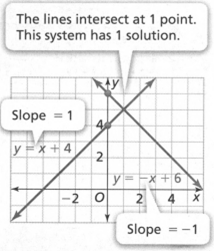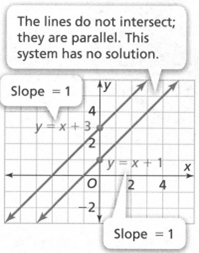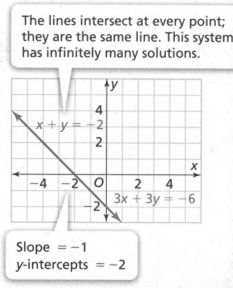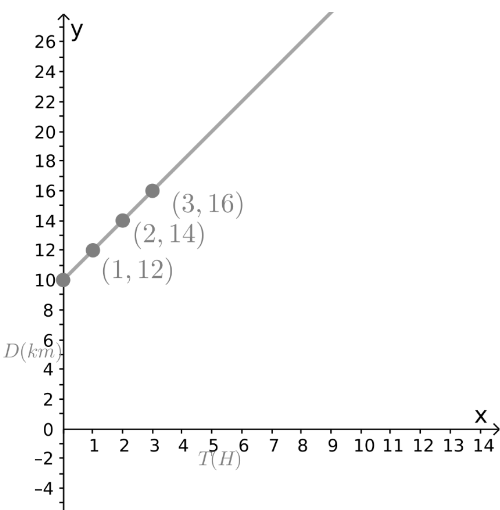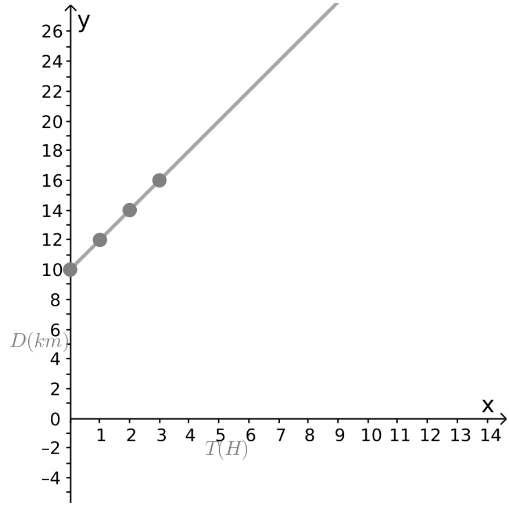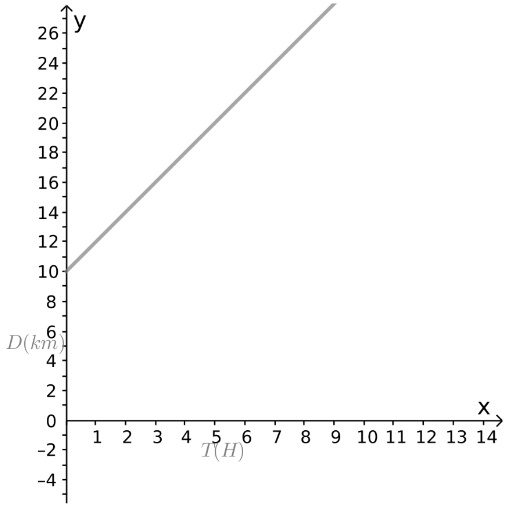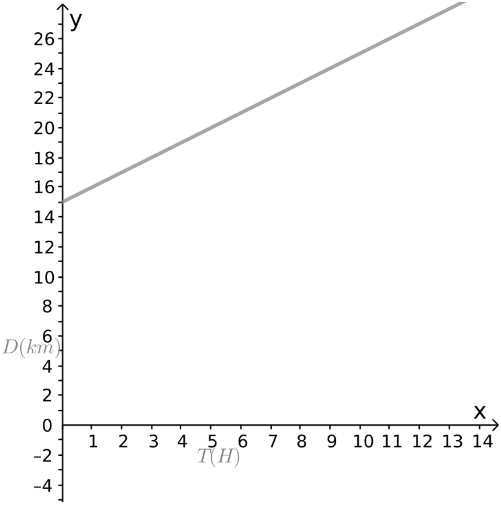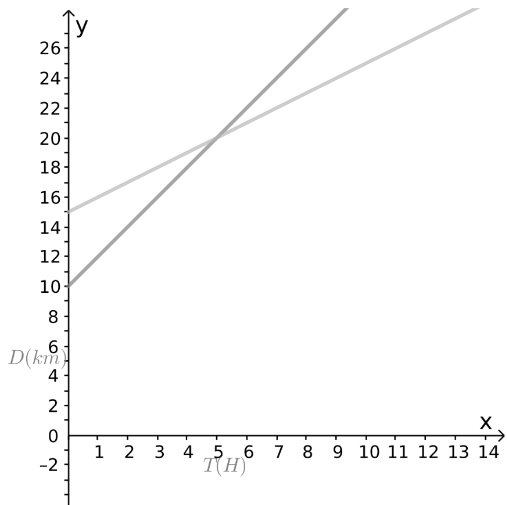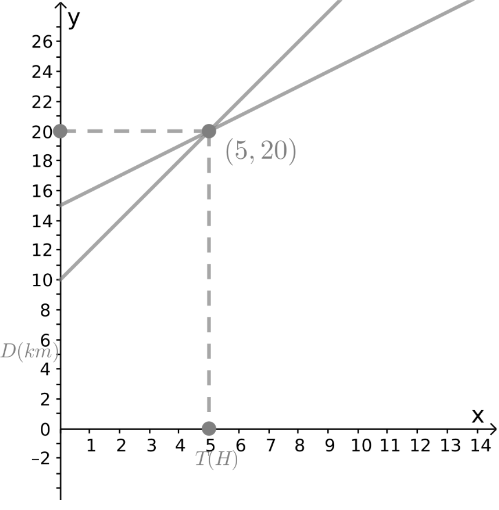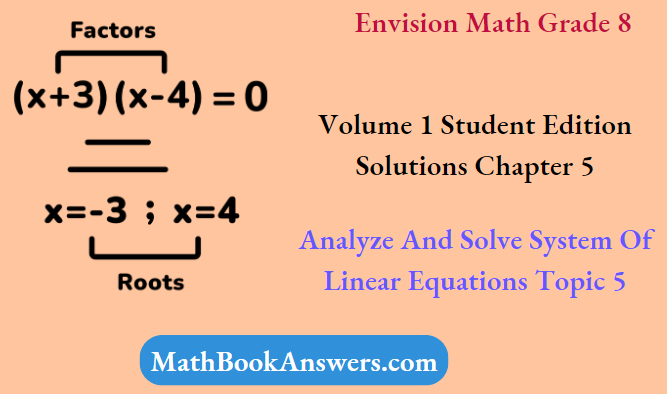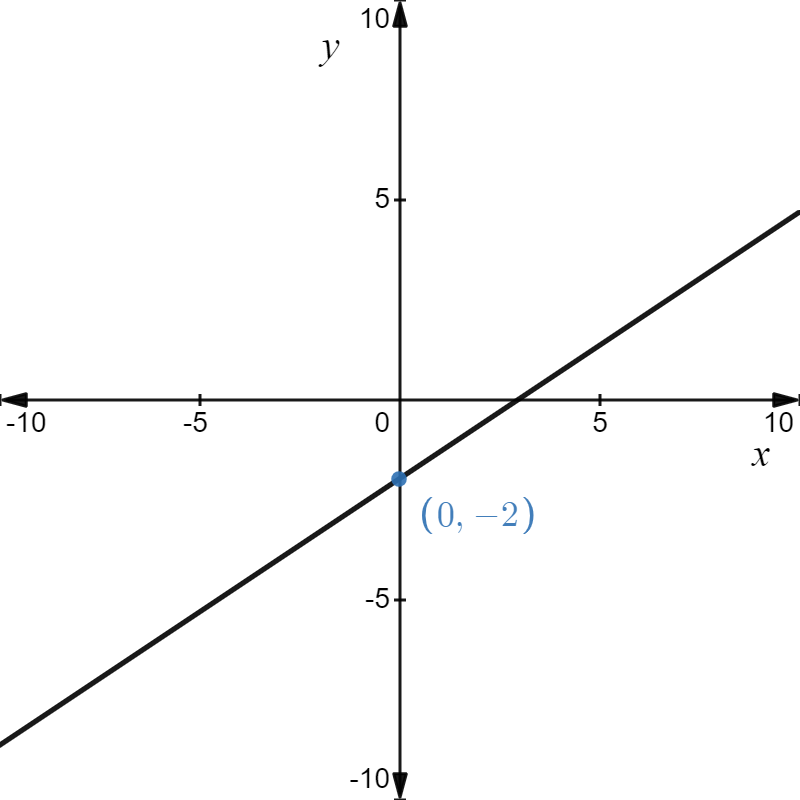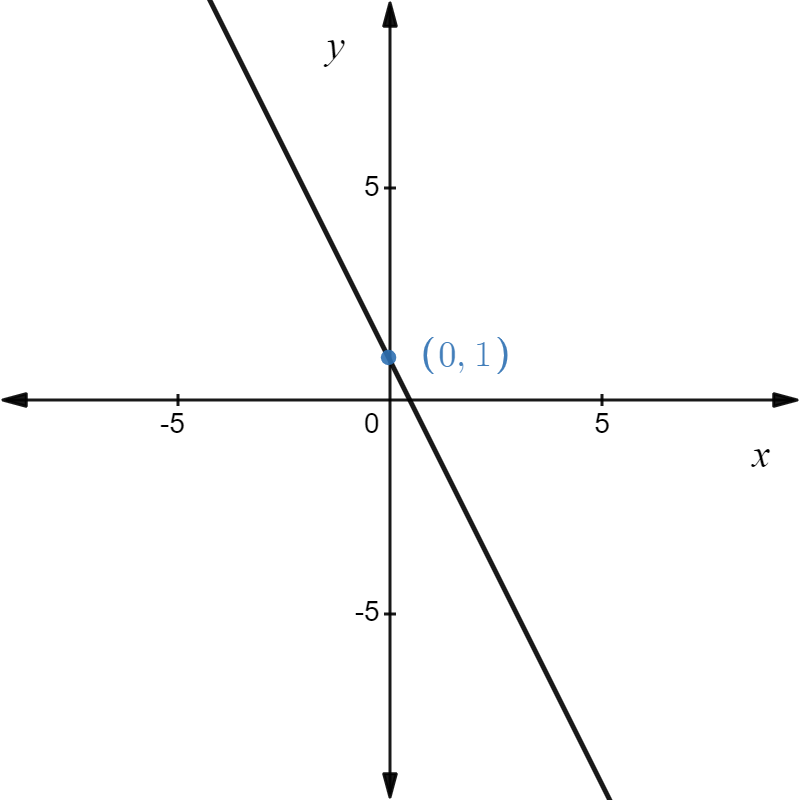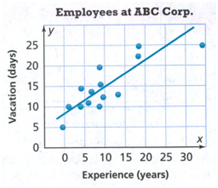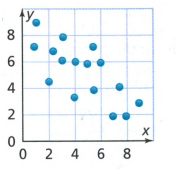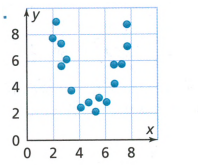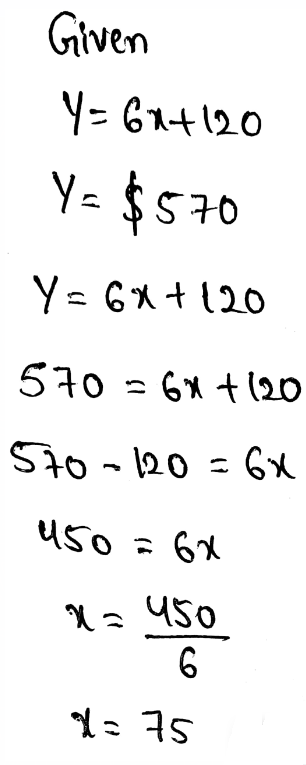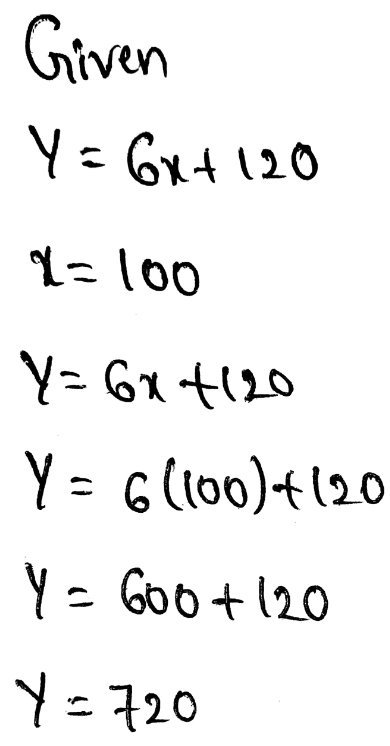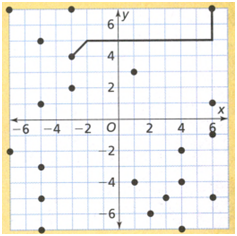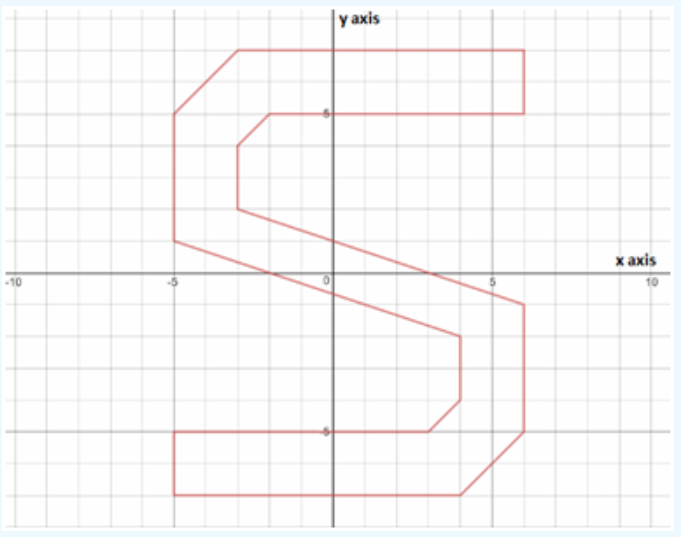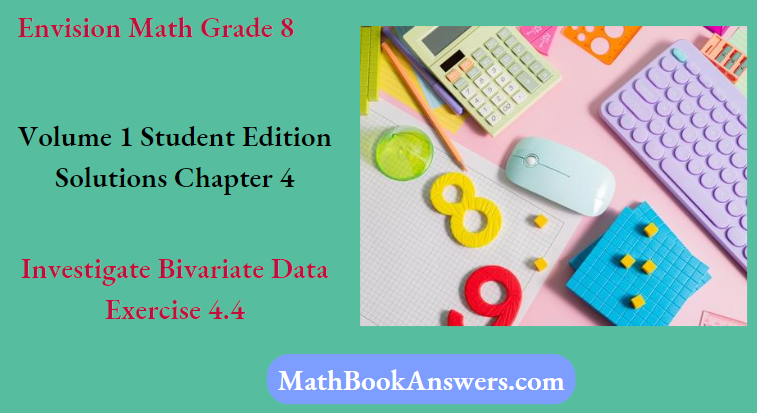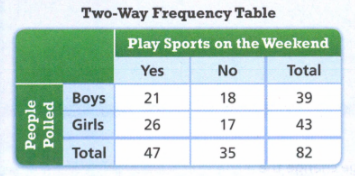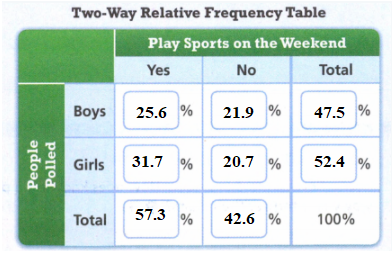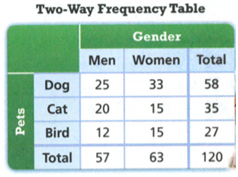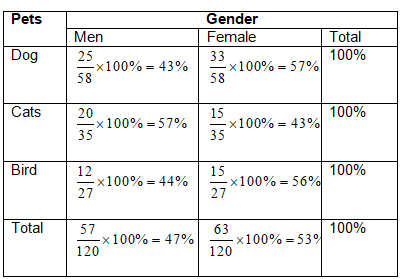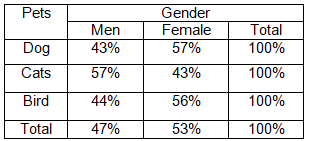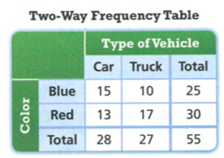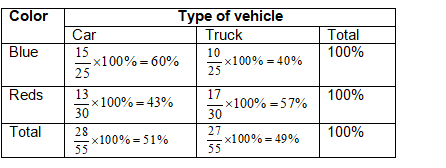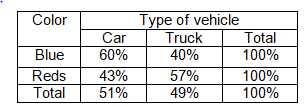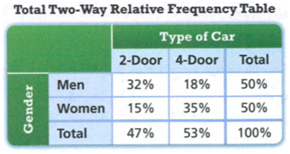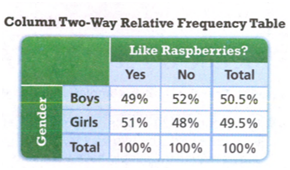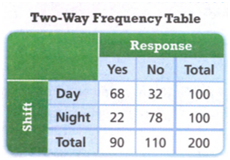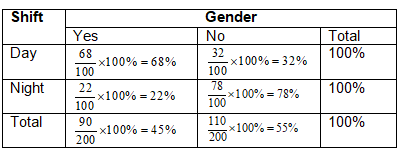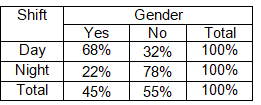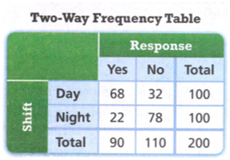Envision Math Grade 8 Volume 1 Chapter 6 Congruence And Similarity
Page 297 Exercise 1 Answer
Label the vertices of the figures as ABCD and A′B′C′D′.

Check for the translation of each vertices.

Notice that there are equal translations and equal inclinations for each vertex.
Therefore, the figures have the same side lengths and same angle measures.
Equal translation and equal inclination of the vertices of the figure will result to the same side lengths and same angle measures of both figures.

Envision Math Grade 8 Volume 1 Chapter 6.1 Solutions
Page 297 Focus On Math Practices Answer
Given:

To find:
How to find that the method described shows the side lengths and angle measures equally.
In order to find whether the method described is correct or not we have to refer to the tip mentioned.
Notice that there are equal translations and equal inclinations for each vertices.
Therefore, the figures have the same lengths and same measures.
Hence, equal translation and inclination of vertices of the figure tell us that the method describes side length and angle measures as equal.
Page 298 Essential Question Answer
To find:
How does translation affect the properties of a two-dimensional figure?
In order to find how translation affects the two-dimensional figure, we have to refer to the tip and make a shape to verify it.
Draw the equilateral triangle;
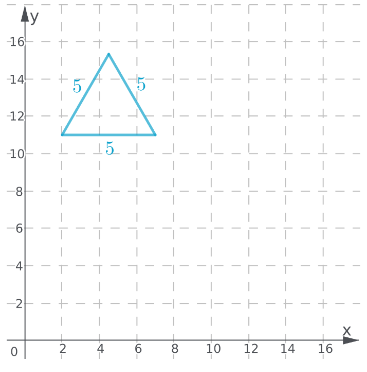
Translate the triangle 3 units downwards from the initial position;

Translate again 2 units to the right from the previous position;
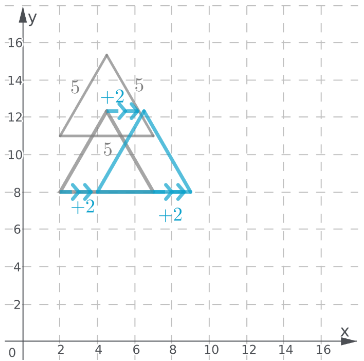
Notice that the shape and the dimensions of the translated triangle are the same as the original triangle;
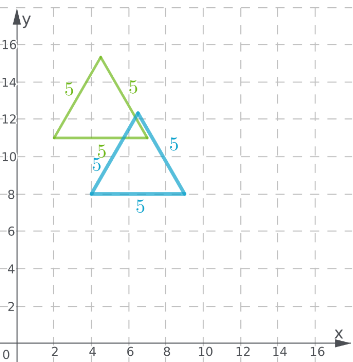

The graph of the triangles is shown. The shape and the dimensions of the translated triangle are the same as the original triangle.
Congruence And Similarity Envision Math Exercise 6.1 Answers
Page 298 Try It Answer
Given:
Use the picture in the example for reference.
To find:
The new location of the table on the plan.
In order to find the new location of the table in the plan refer to the tip mentioned.
Take the arbitrary coordinates for the home such as forming a rectangle.
Using the picture in the example for reference, take arbitrary points forming a square for the fireplace such as
E(0,0),F(0,2),G(2,0) and H(2,2)
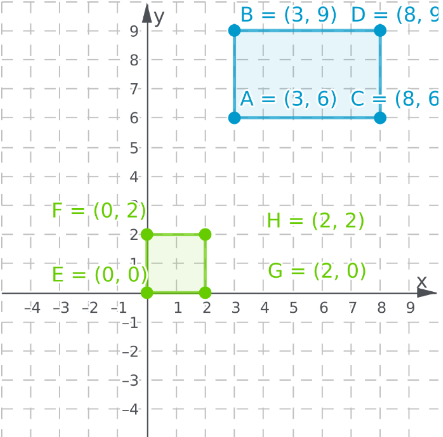
Plot the coordinates for the home and the fireplace.
In order to move the fireplace, translate the coordinates as per instructions.
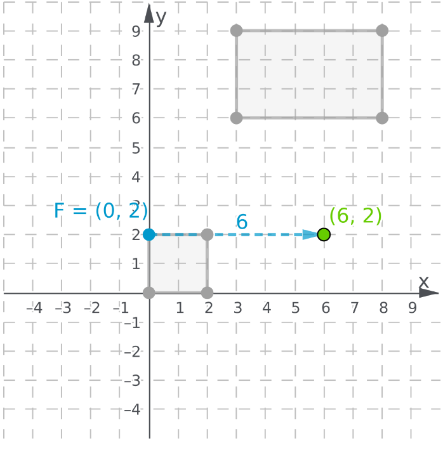
Move the x−coordinate of the point F(0,2) by 6 unitsto the right to get (6,2)
Move the y−coordinate of the new point (6,2) by 3 units towards the downward direction parallel to the negative y−axis to get(6,−1)
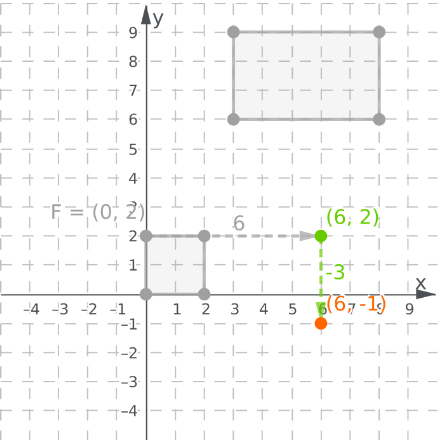
Similarly, translate the other coordinates of the fireplace with the x−coordinate by 6 units to the right and y−coordinate by 3 units to the down.
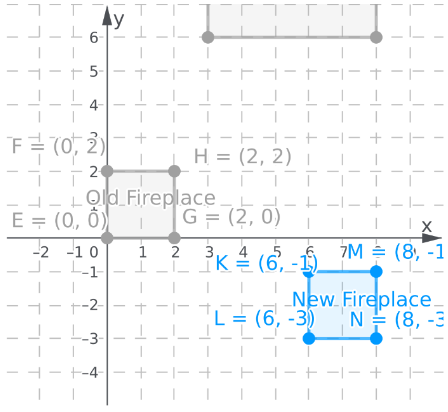
Similarly, plot the coordinates for the original position of the windowO(3,5) and P(4,5) then translate the coordinates pointO(3,5) by 5 units to the right to get Q(8,5).
Similarly, translate the other points to get the coordinates of the new window Q(8,5) and (9,5)
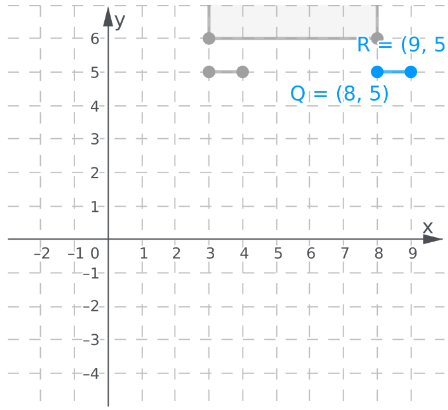
The new location of the window is shown by translating the old coordinates of the position by 5 units to the right.
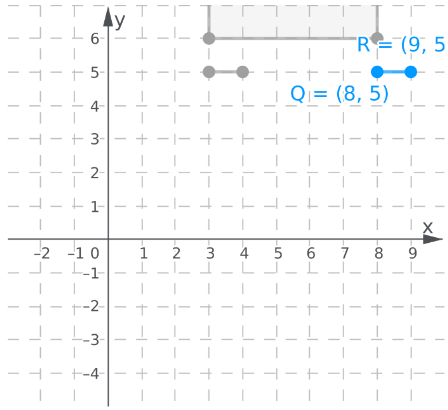
Page 298 Convince Me Answer
Given:
An equilateral triangle with side lengths 5 inches
To find:
The shape and dimensions of the translated figure.
In order to find how translation affects the two-dimensional figure, we have to refer to the tip and make a shape to verify it.
Draw the equilateral triangle;
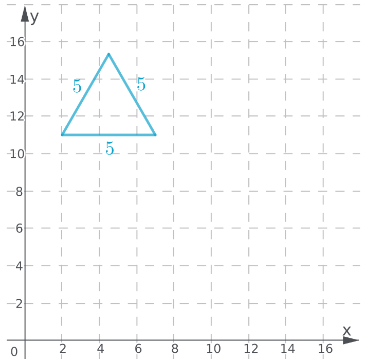
Translate the triangle 3 units downwards from the initial position;
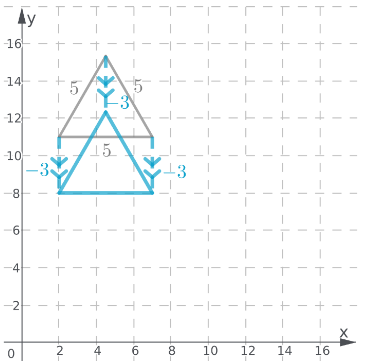
Translate again 2 units to the right from the previous position;
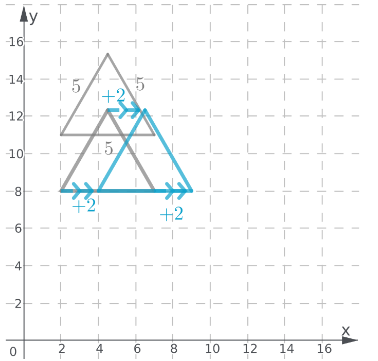
Notice that the shape and the dimensions of the translated triangle are the same as the original triangle;
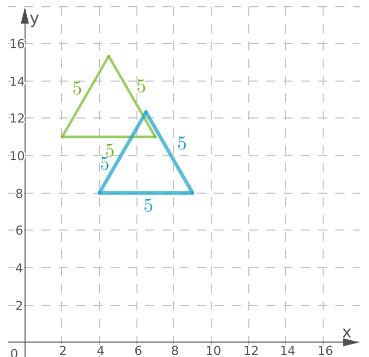

The graph of the triangles is shown. The shape and the dimensions of the translated triangle are the same as the original triangle.
Envision Math Grade 8 Chapter 6.1 Explained
Envision Math Grade 8 Volume 1 Student Edition Solutions Chapter 6 Congruence And Similarity Exercise 6.1 Page 300 Exercise 2 Answer
Given:
A triangle with its translation.
To find:
How can the side lengths and angle measures for the two triangles be the same?
Recall that translation is a transformation that shifts a figure by space, but does not change the size, shape or orientation of the figure.
Therefore, both shapes are triangles of the same size and with congruent corresponding sides and angles.
Since translation moves the figure by the space and does not change its size, shape or orientation, both the initial triangle and its image are of the same size and with congruent corresponding sides and angles.
Page 300 Exercise 3 Answer
Given:
One vertex of a figure mapped to its image by translating the point 2 units left and 7 units down.
To find:
The rule that maps the other vertices of the figure to their images.
In order to find the rule that maps the vertices of the figure to their image use the tip mentioned.
Let (x, y) be a vertex of the original figure.
(x, y)
Translate the point 2 units left and 7 units down:
(x + (−2),y + (−7))
By using the signs in multiplication, it follows:
(x − 2,y − 7)
The rule that maps the vertices of the figure to their images is:
(x, y) → (x − 2,y − 7)
Page 300 Exercise 4 Answer
Given:
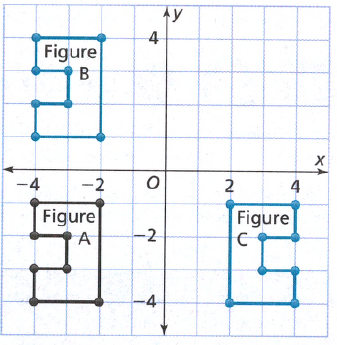
To find:
Correct figure which is translation of figure A
In order to find the correct figure which is translation of figure A use the tip mentioned.
The initial and the translated figure have the same size, shape and orientation.
Since figure C have a different orientation from figure A, it is not its image after a translation.
Since figure A and figure B have the same size, shape and orientation, assume that figure B is the image of figure A after a translation.
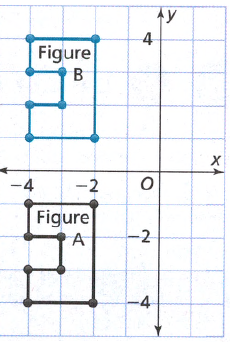
Vertices of figure B are obtained by translating the vertices of figure A 5 units upwards.
The figure B is the image of the figure A after a translation of 5 units upwards.
Page 300 Exercise 5 Answer
Given:
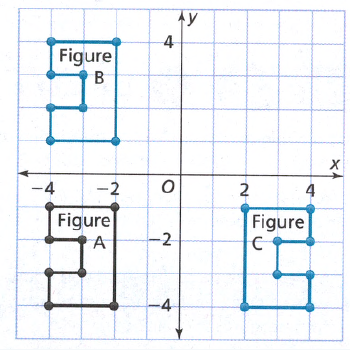
To find:
Graph the translation of Figure A 3 units right and 4 units up.
In order to graph the figure which is translation of figure A use the tip mentioned.
Plot figure A on the coordinate plane,
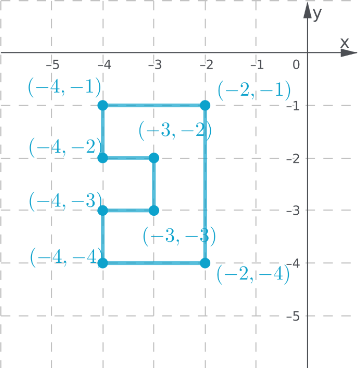
Translate all the vertices 3 units right
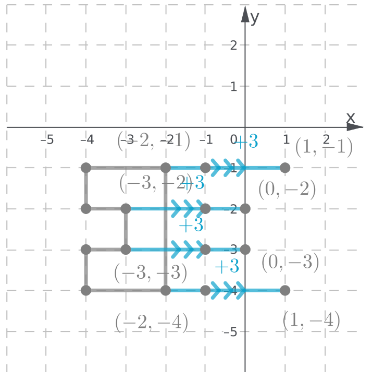
Translate all the vertices from the previous position 4 units up.

Join all the vertices of the figure translated 3 units right and 4 units up.
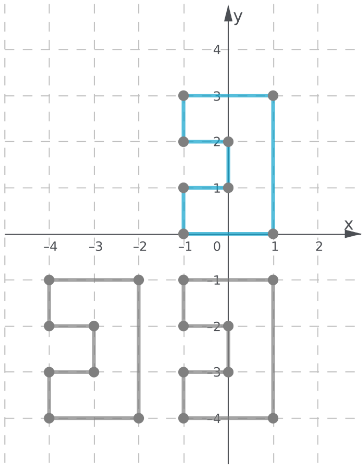
The graph of the translated figure is shown.
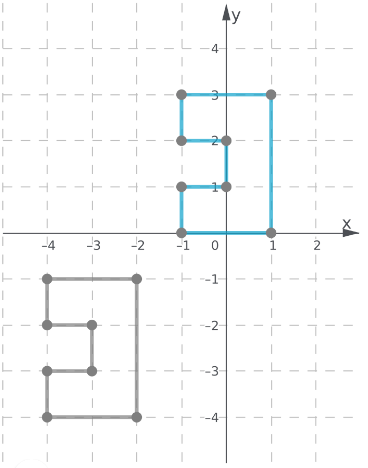
Page 300 Exercise 6 Answer
Given:

To find:
The translation needed to move the figure B to the same position as the image from the item 5.
In order to find the translation needed refer to the tip mentioned and then solve it accordingly.
From B to A the figure was translated 5 units downward.
From A to C the figure was reflected to the other side by multiplying −1 to the x values of figure A.
Figure B was translated 5 units downward then the x values were multiplied by −1 to obtain figure C.
Solutions For Envision Math Grade 8 Exercise 6.1
Envision Math Grade 8 Volume 1 Student Edition Solutions Chapter 6 Congruence And Similarity Exercise 6.1 Page 301 Exercise 7 Answer
Given:
The image of GRAM
To find:
Graph of G′R′A′M′ after a translation 11 units right and 2 units up
In order to plot the graph, we have to use the method of translation which is mentioned in the tip.
Translate each vertex 11 units right

Move from the previous position 2 units upward and label the new vertices G′,R′,A′ and M′
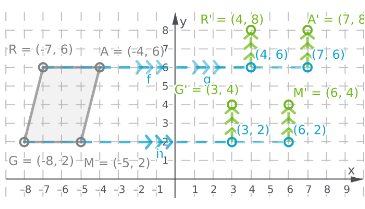
Connect the vertices G′,R′,A′ and M′, to make a G′R′A′M′

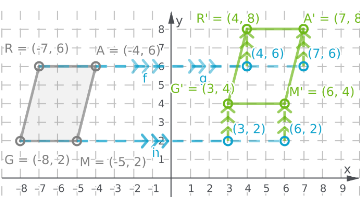
GRAM becomes G′R′A′M′ after translation
Envision Math Grade 8 Volume 1 Student Edition Solutions Chapter 6 Congruence And Similarity Exercise 6.1 Page 301 Exercise 9 Answer
Given:
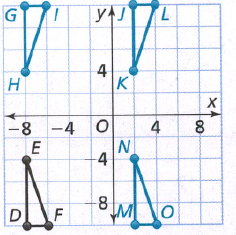
To find:
Triangle whose image is translation of ΔDEF
In order to describe the translation, we need to refer to the tip mentioned.
The initial and the translated figure have the same size, shape, and orientation.
Since triangle △GHI and triangle △JKL have a different orientation from triangle △DEF,they are not its image after a translation.
Since triangle △DEF and triangle △MNO have the same size, shape and orientation, assume that triangle △MNO is the image of triangle △DEF after a translation.
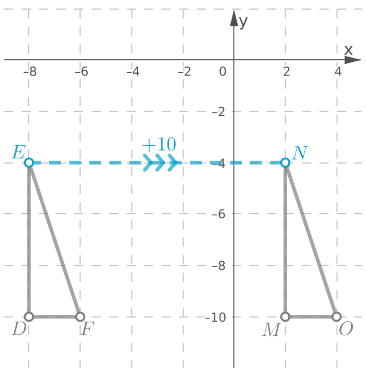
The vertex N is obtained by translating the vertex E 10 units to the right.
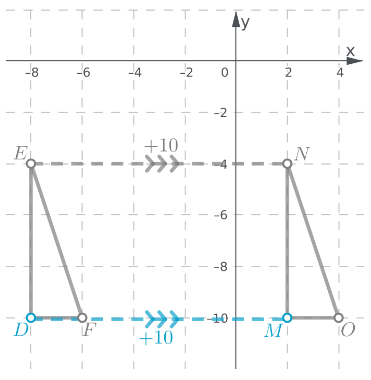
The vertex M is obtained by translating the vertex D10 units to the right.
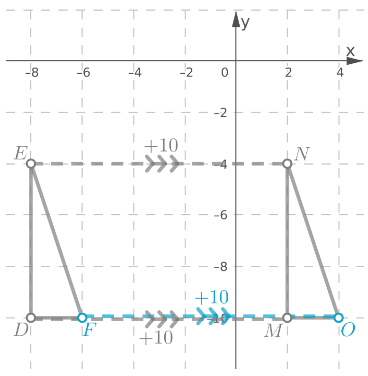
The vertex O is obtained by translating the vertex F 10 units right.
The triangle △MNO is the image of the triangle △DEF after a translation of 10 units right.
Page 301 Exercise 10 Answer
Given: The distance difference of both the figures is 3
unit left and 11 unit down.
To find: The similarities and differences between both the figure.
The similarity between both the figure is both are quadrilateral and on the same plane.
The difference between both the figure is if one lie in X-axis then the second one is in negative Y-axis.
The differences and similarities have been explained.
Envision Math Grade 8 Volume 1 Chapter 6.1 Practice Problems
Page 301 Exercise 11 Answer
The graph is given.
Have to graph this by shifting some points
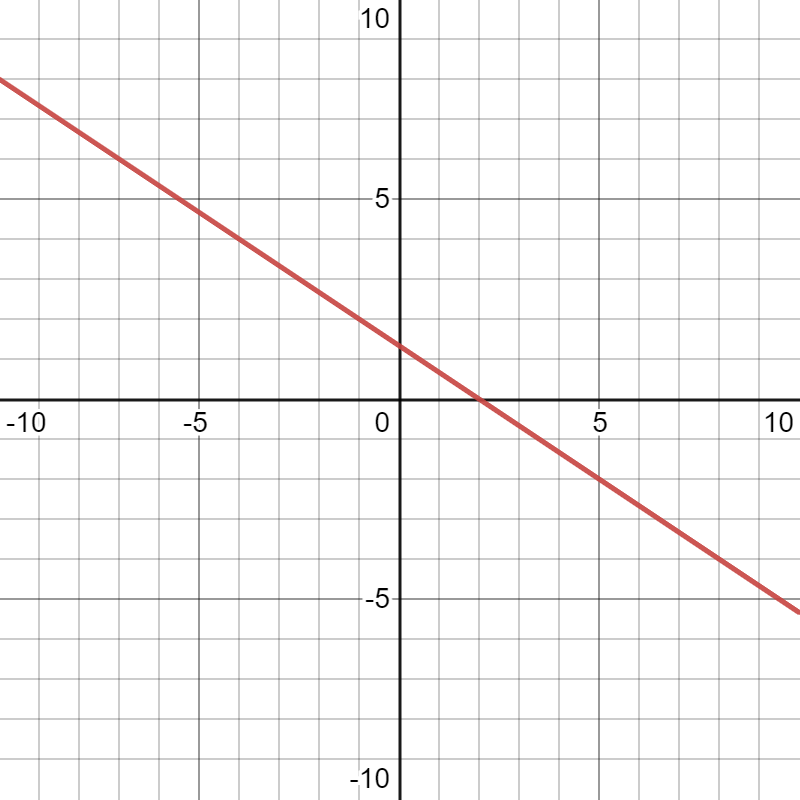
The graph is plotted.
Page 301 Exercise 12 Answer
Given: Length of PQ.
To find: The length of P′Q′.
We will calculate the length by the properties of image formation.
The length of P′Q′ will be negative of the length of PQ.
So, the length of P′Q′ is −2.8
So, the length of P′Q′ is -2.8.
Given: The angle of R.
To find: The angle of R′.
We will calculate the angle by the properties of image formation.
The angle of R′ will be negative of the angle of R.
So, the angle of R′ will be 255 degree.
So, the angle of R′ will be 255 degree.
Envision Math 8th Grade Congruence And Similarity Topic 6.1 Key Concepts
Envision Math Grade 8 Volume 1 Student Edition Solutions Chapter 6 Congruence And Similarity Exercise 6.1 Page 302 Exercise 13 Answer
The given figure is shown below:
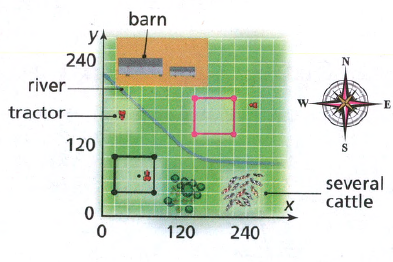
To draw the image after the given translation
Translate vertex B and D ,120 units to the right.
Move the 2 vertices from the previous position 100 units upward to their final position B′ and D′ respectively.
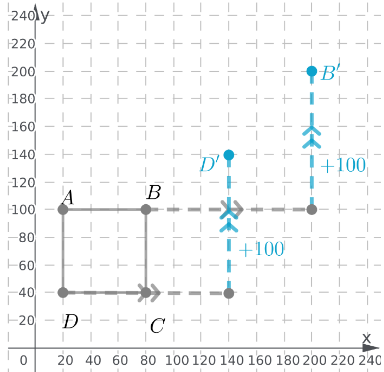
Use a similar pair of translations to plot vertices A′ and C′ respectively.
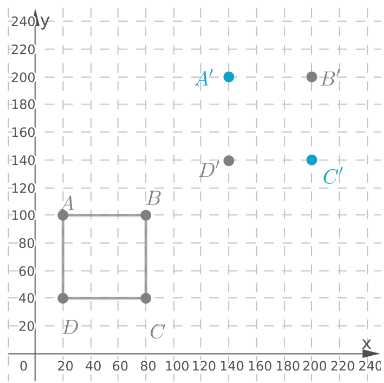
Join the vertices A′,B′,C′ and D′ to get the translated shape.
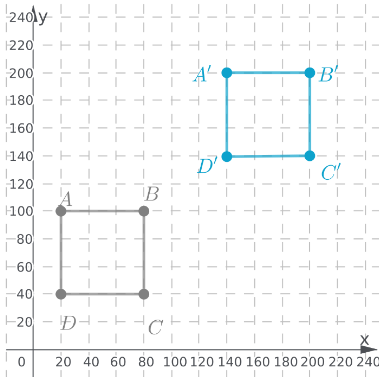
The shape A′B′C′D′ is obtained after translating the given figure ABCD,120 units right and 100 units upwards.

Given:
Length of plot = 240 yards
Length of another plot = 120 yards
Width of plot = 100 yards
To: Find the combined area of the 2 plots in square yards. Step formulation: Find the individual area and then add them.
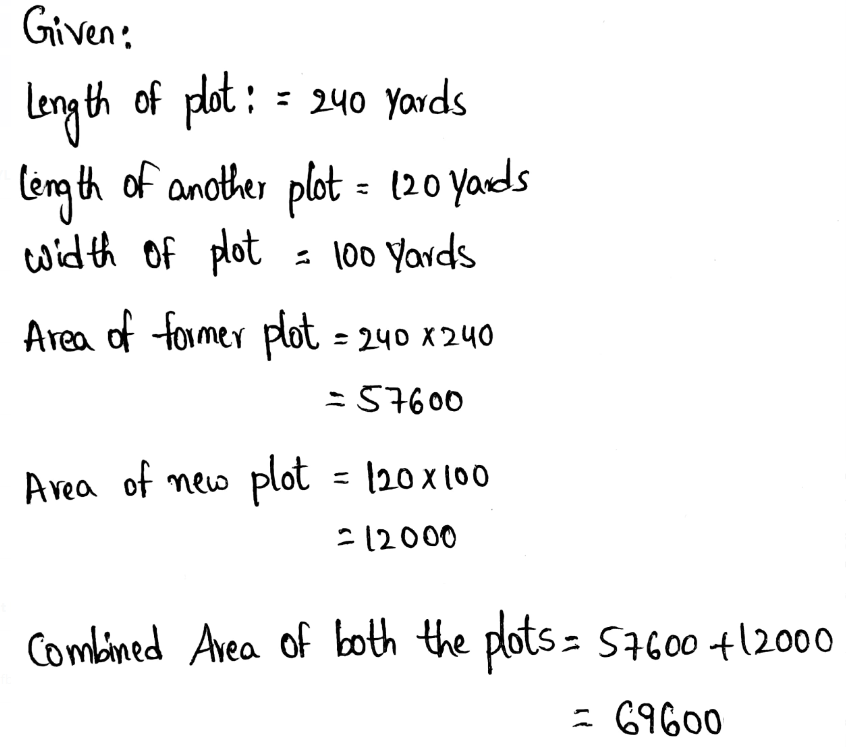
The combined area of both plots is 69600 yard2.
Envision Math Grade 8 Chapter 6.1 Lesson Overview
Envision Math Grade 8 Volume 1 Student Edition Solutions Chapter 6 Congruence And Similarity Exercise 6.1 Page 302 Exercise 14 Answer
Given: Image created by translation.
To: What is true about the preimage of a figure and its image created by a translation?
When the image is translated it moves with the same distance and direction from its preimage. Also the size and shape of the image is same as that of the image.
Correct options are:
1. Each point in the image moves the same distance and direction from the preimage.
3. The preimage and the image are the same size.
4. The preimage and the image are the same shape.

